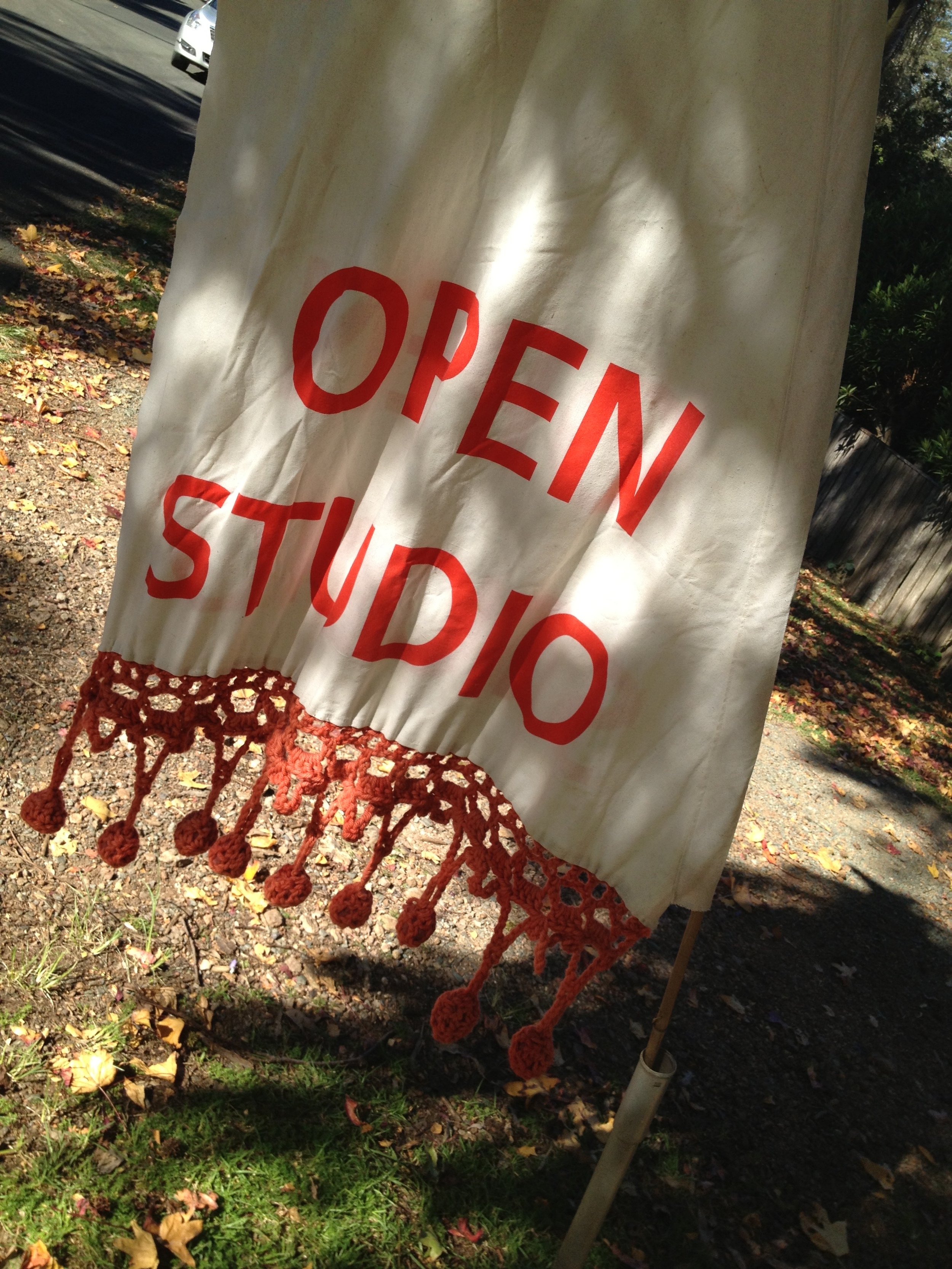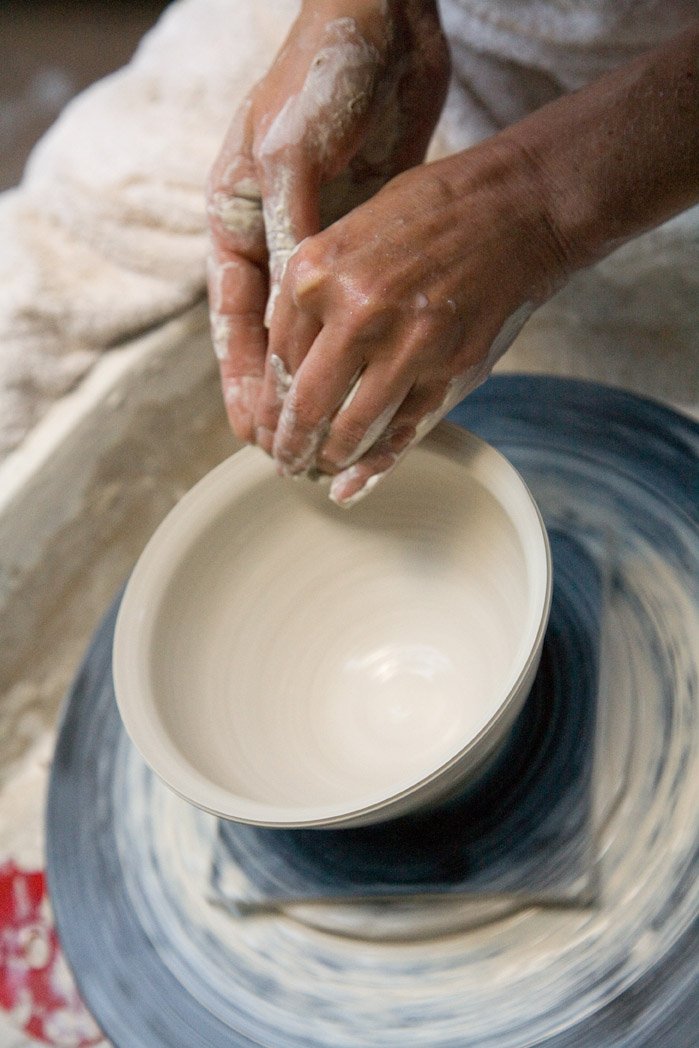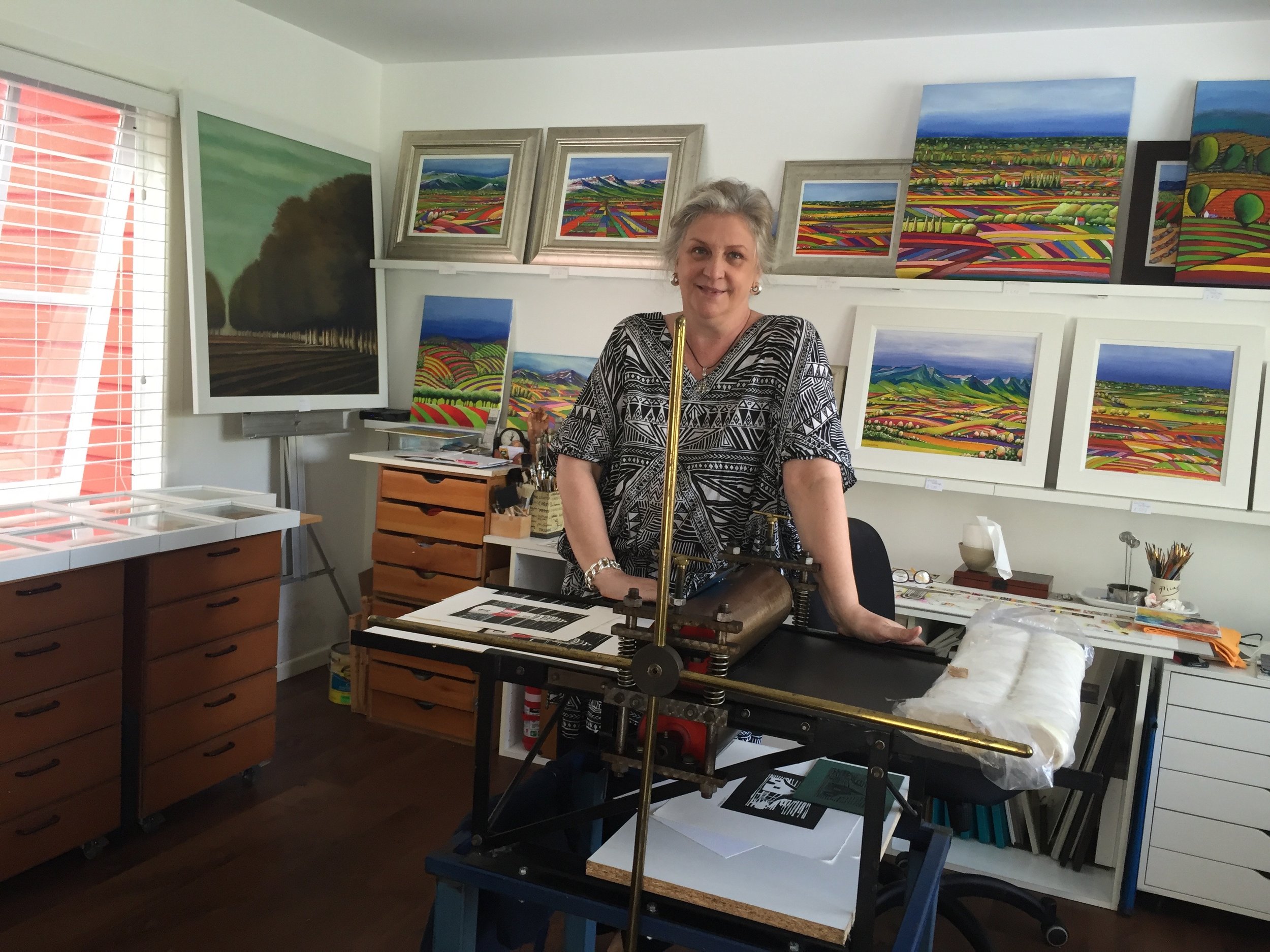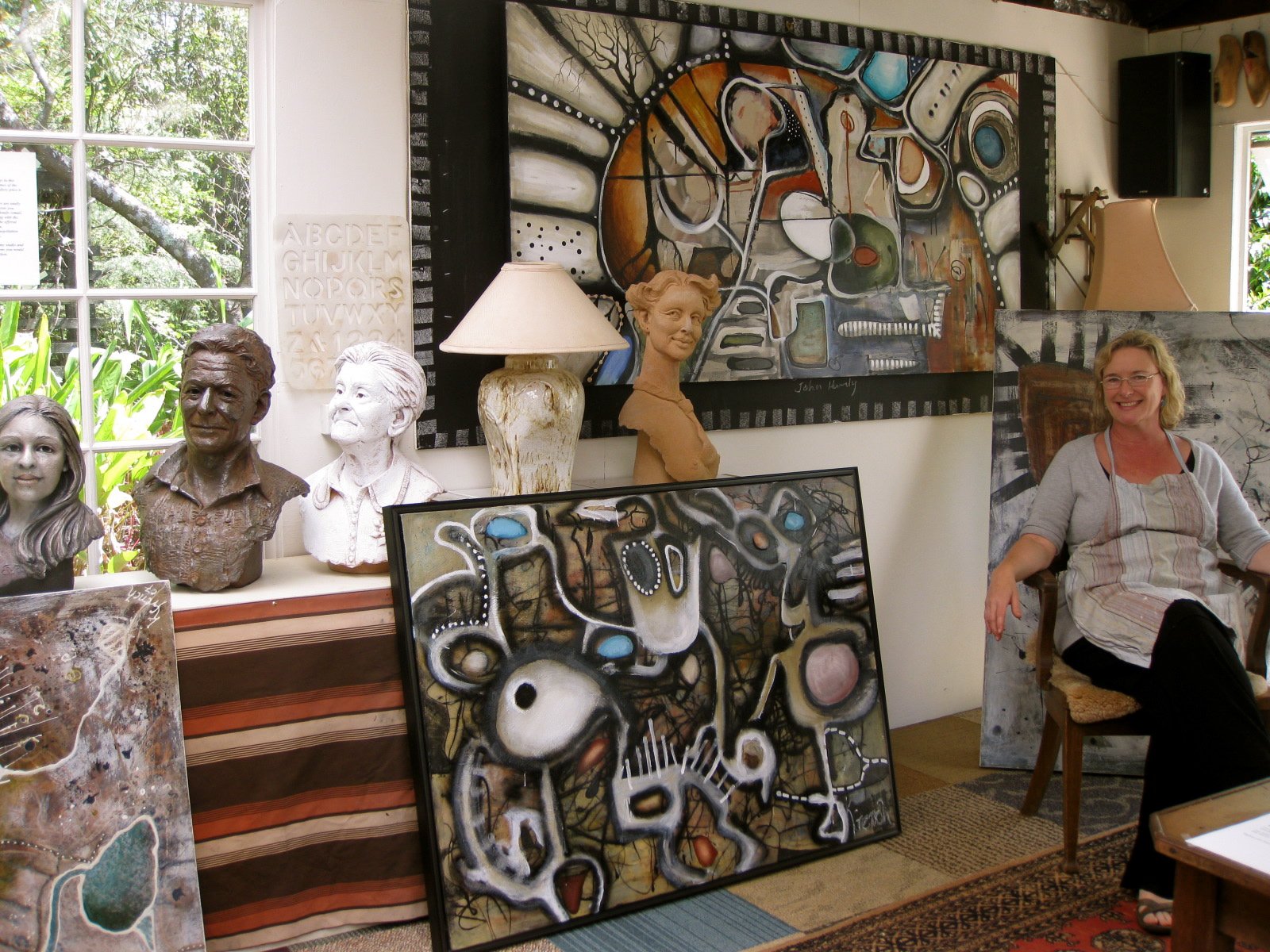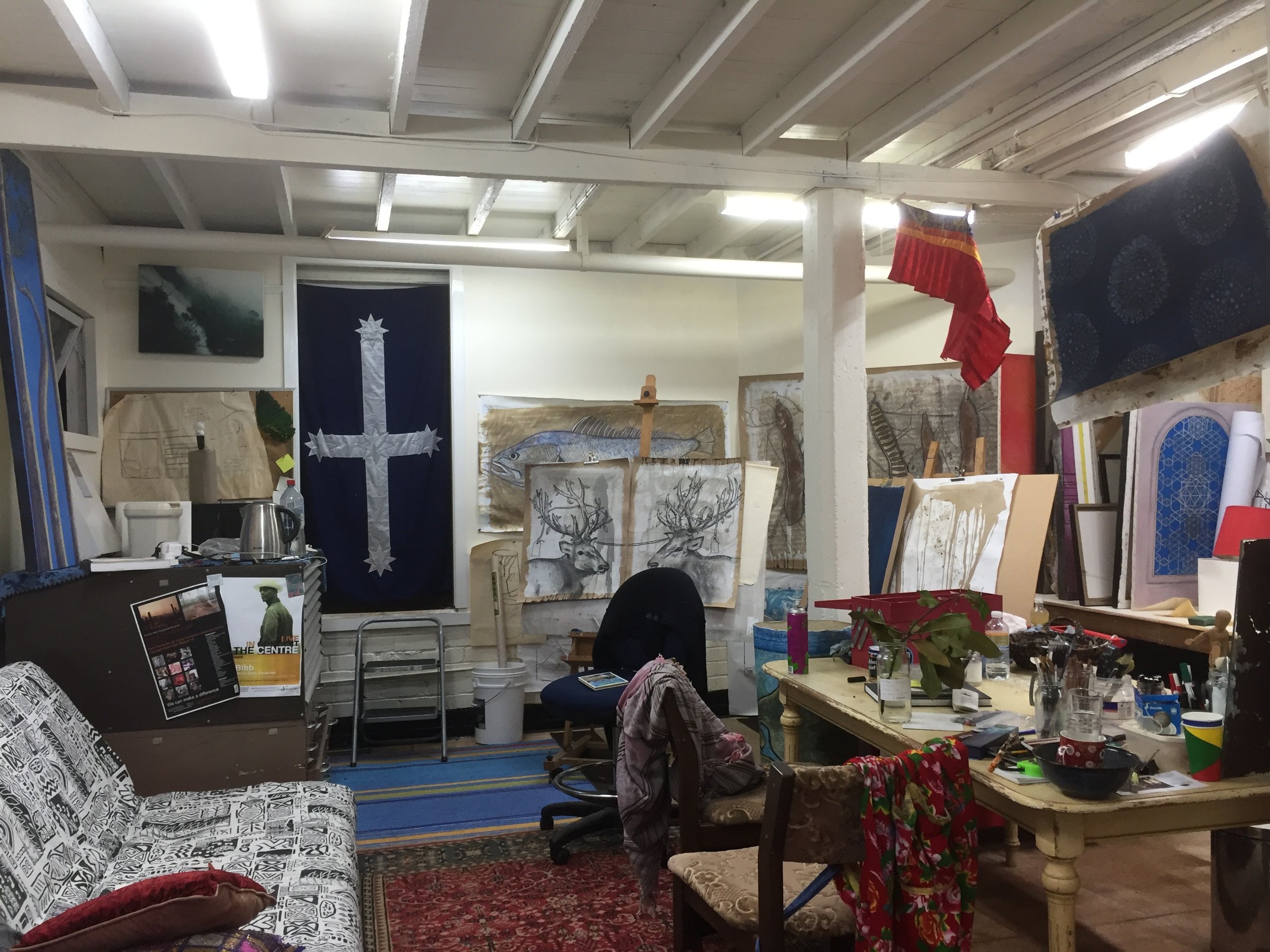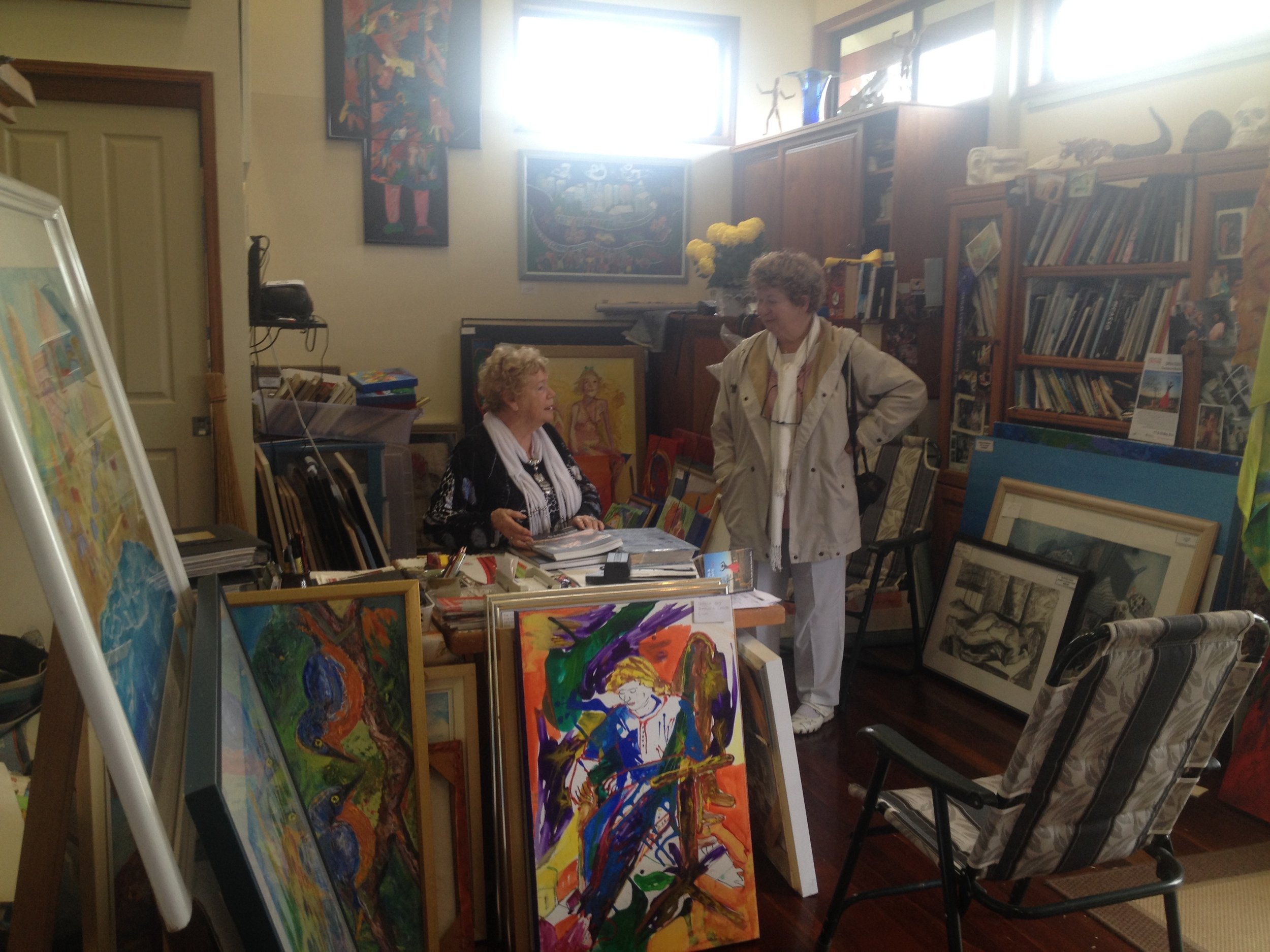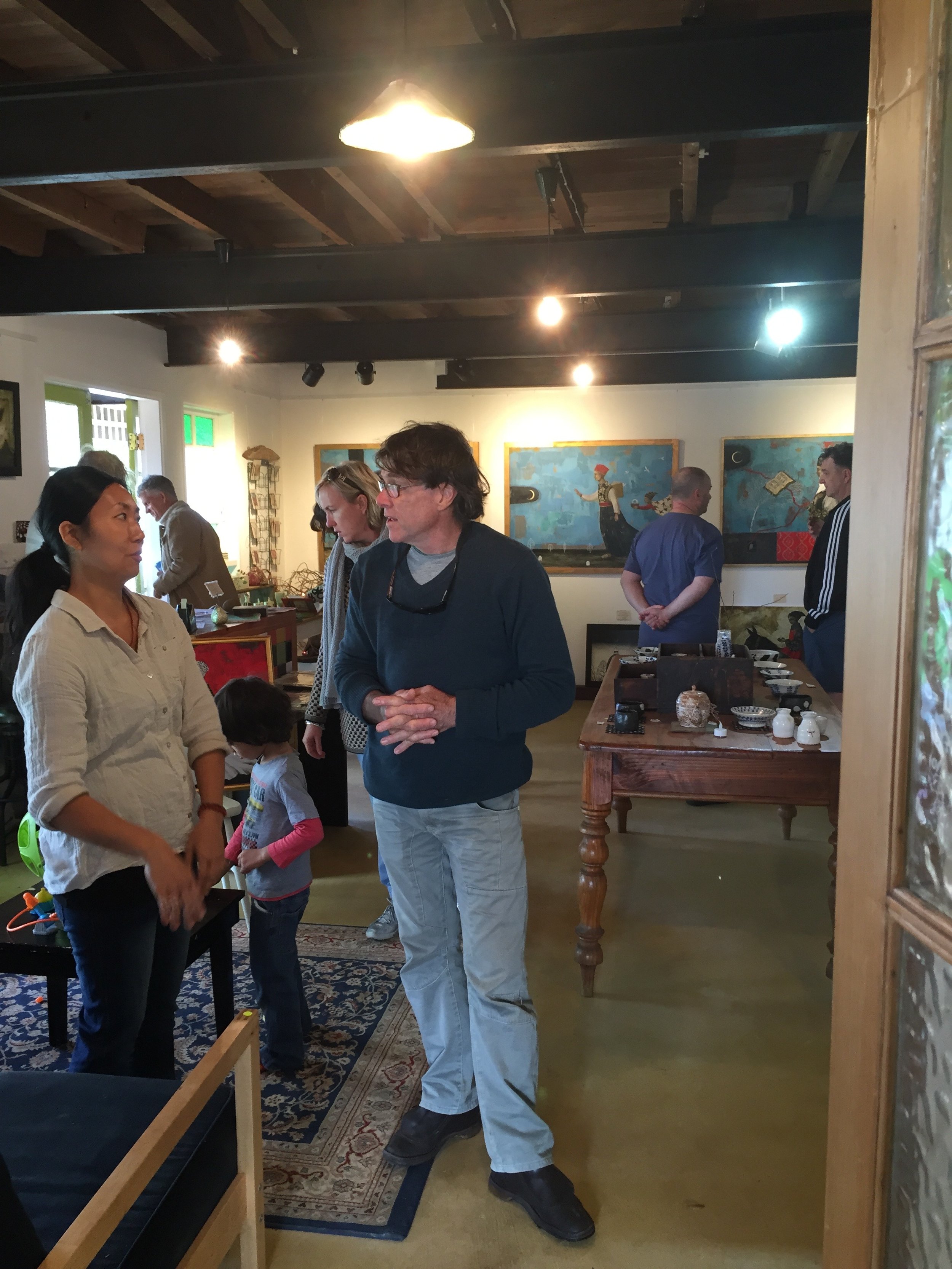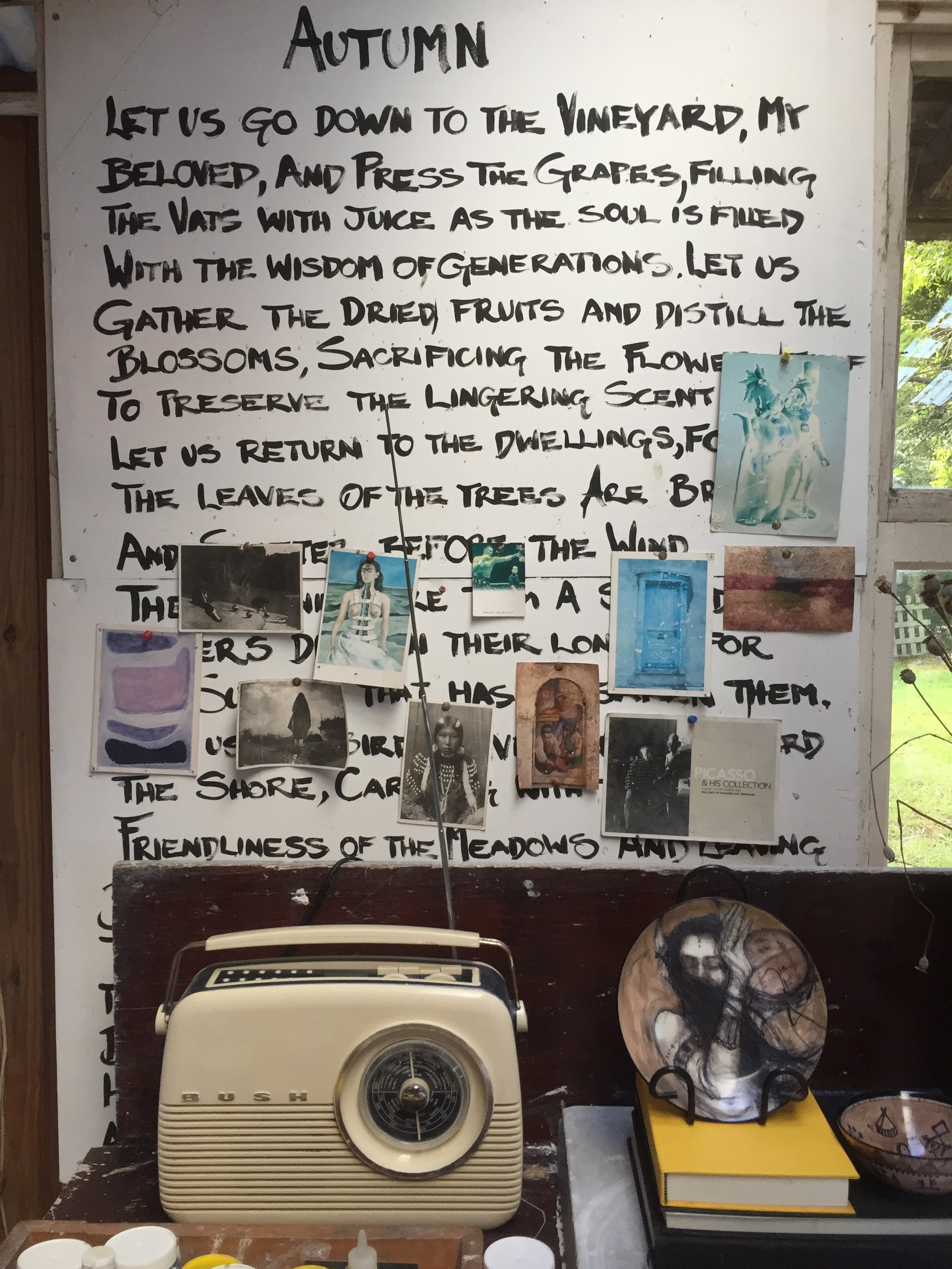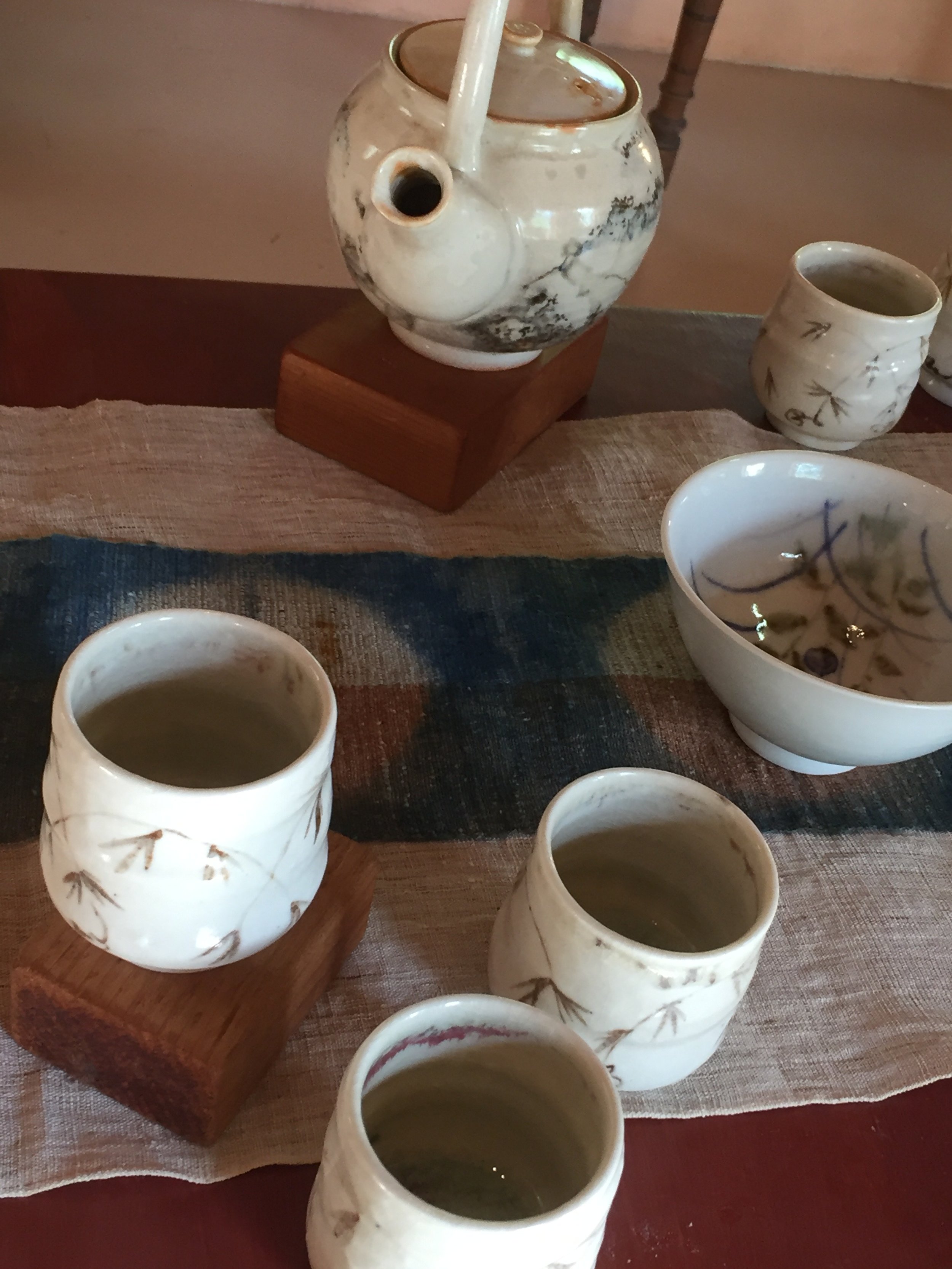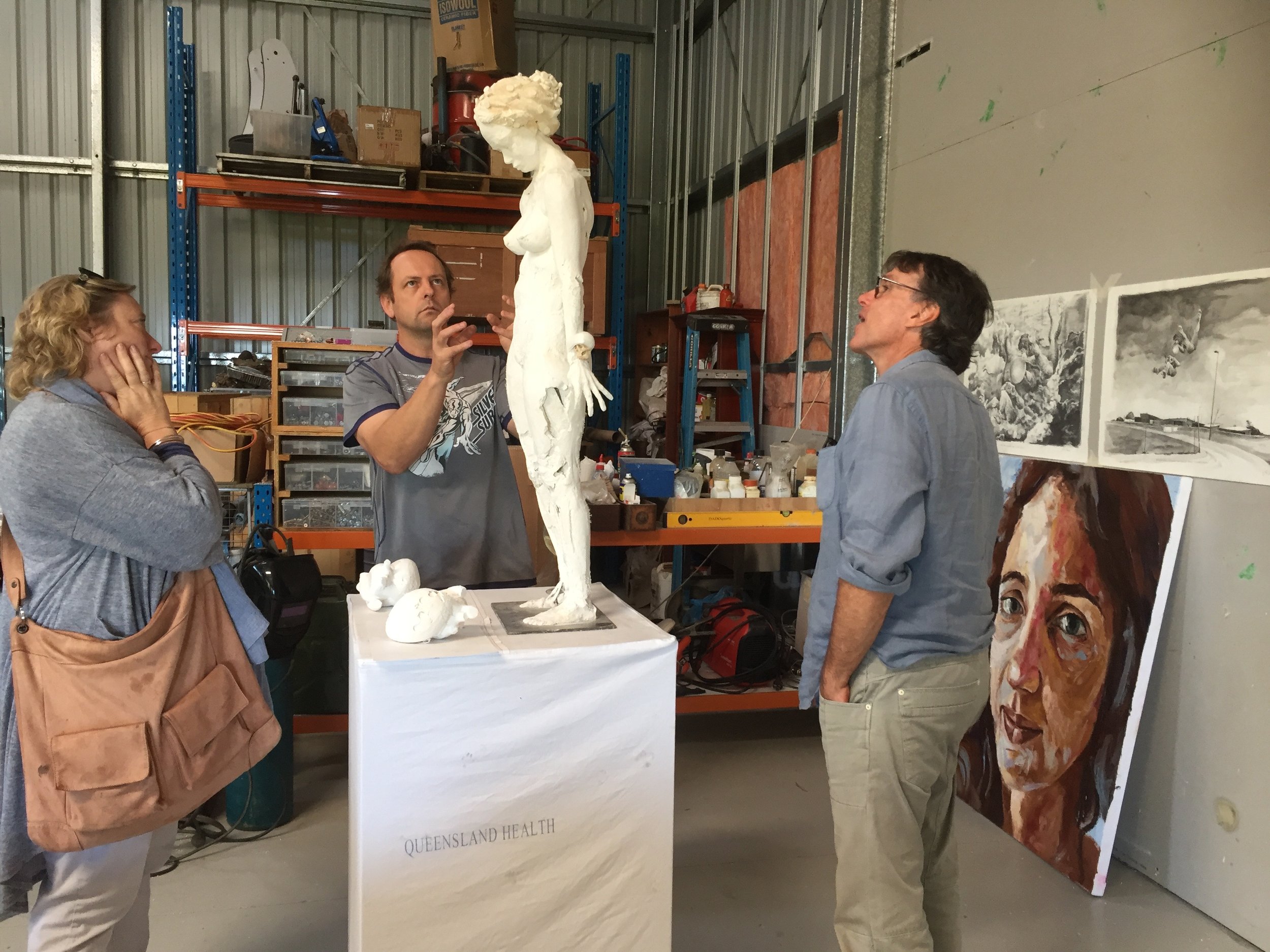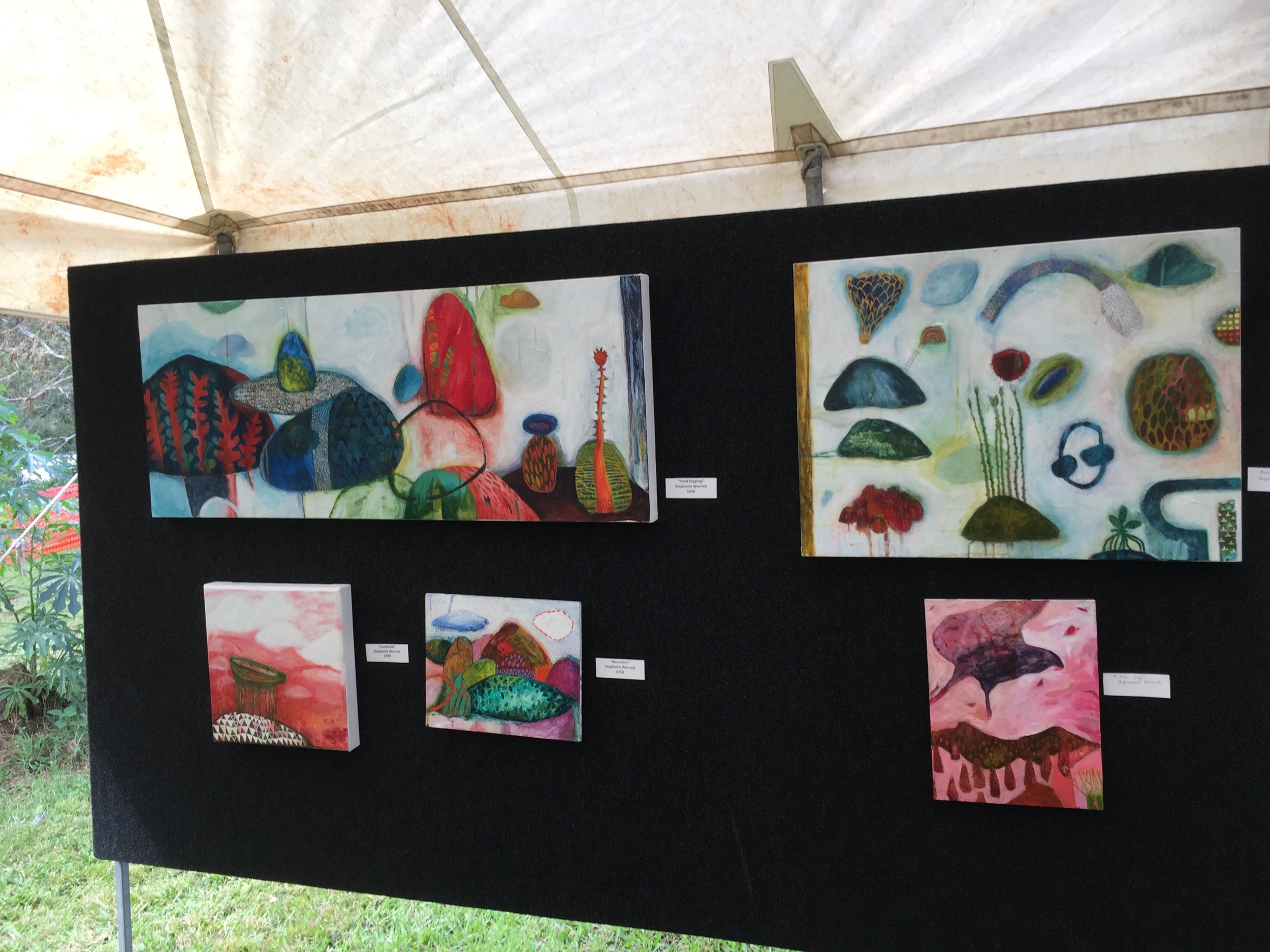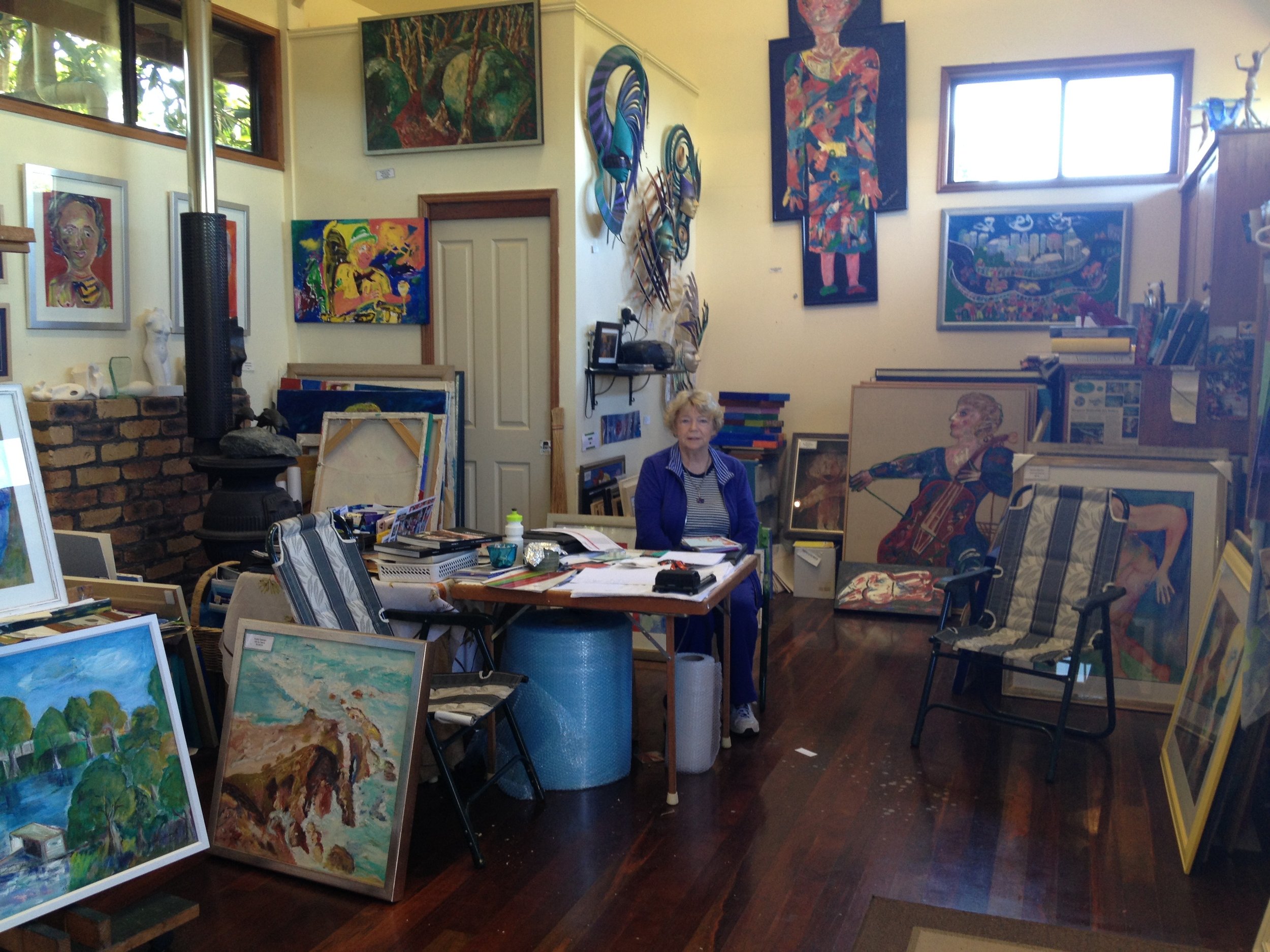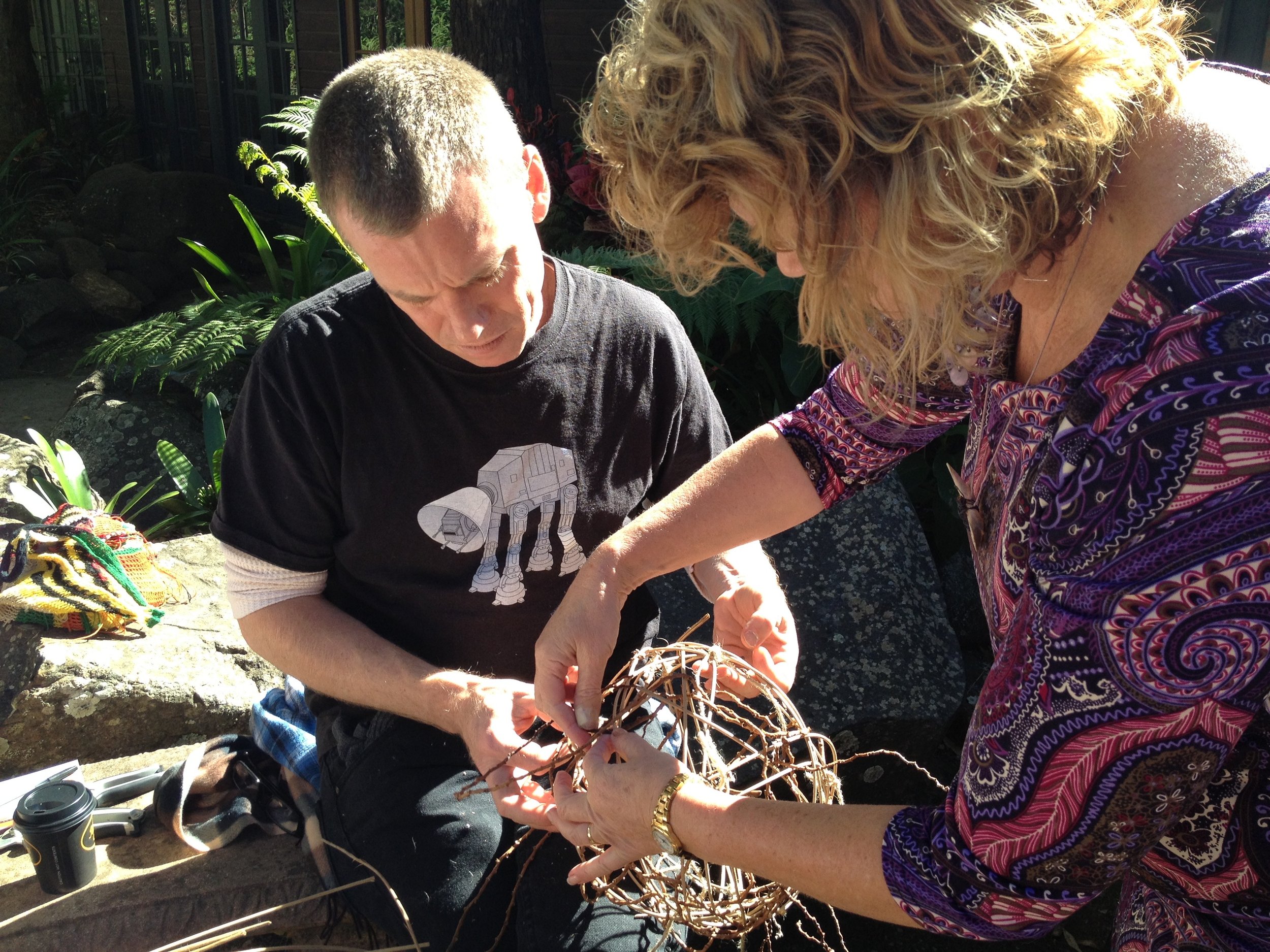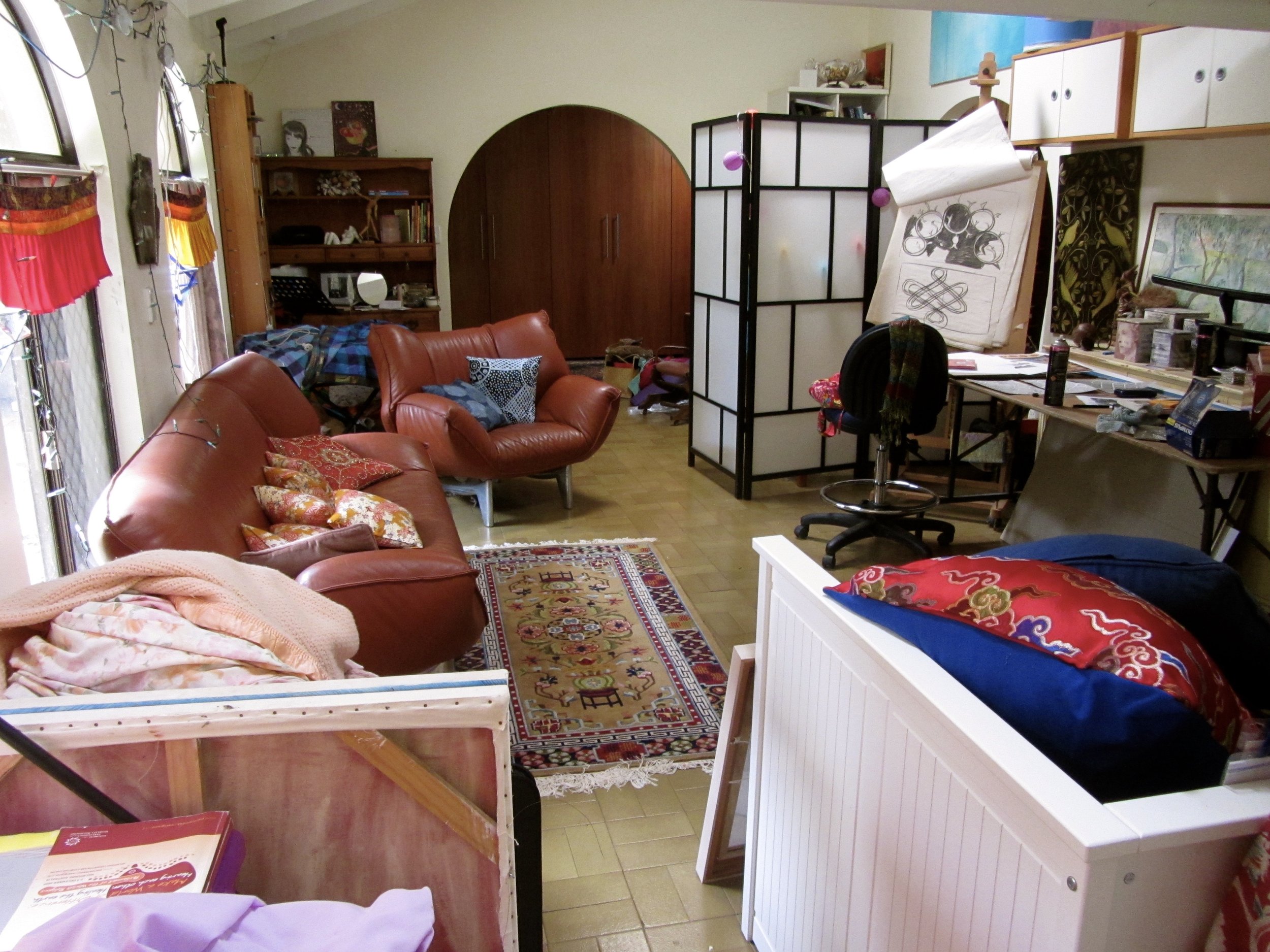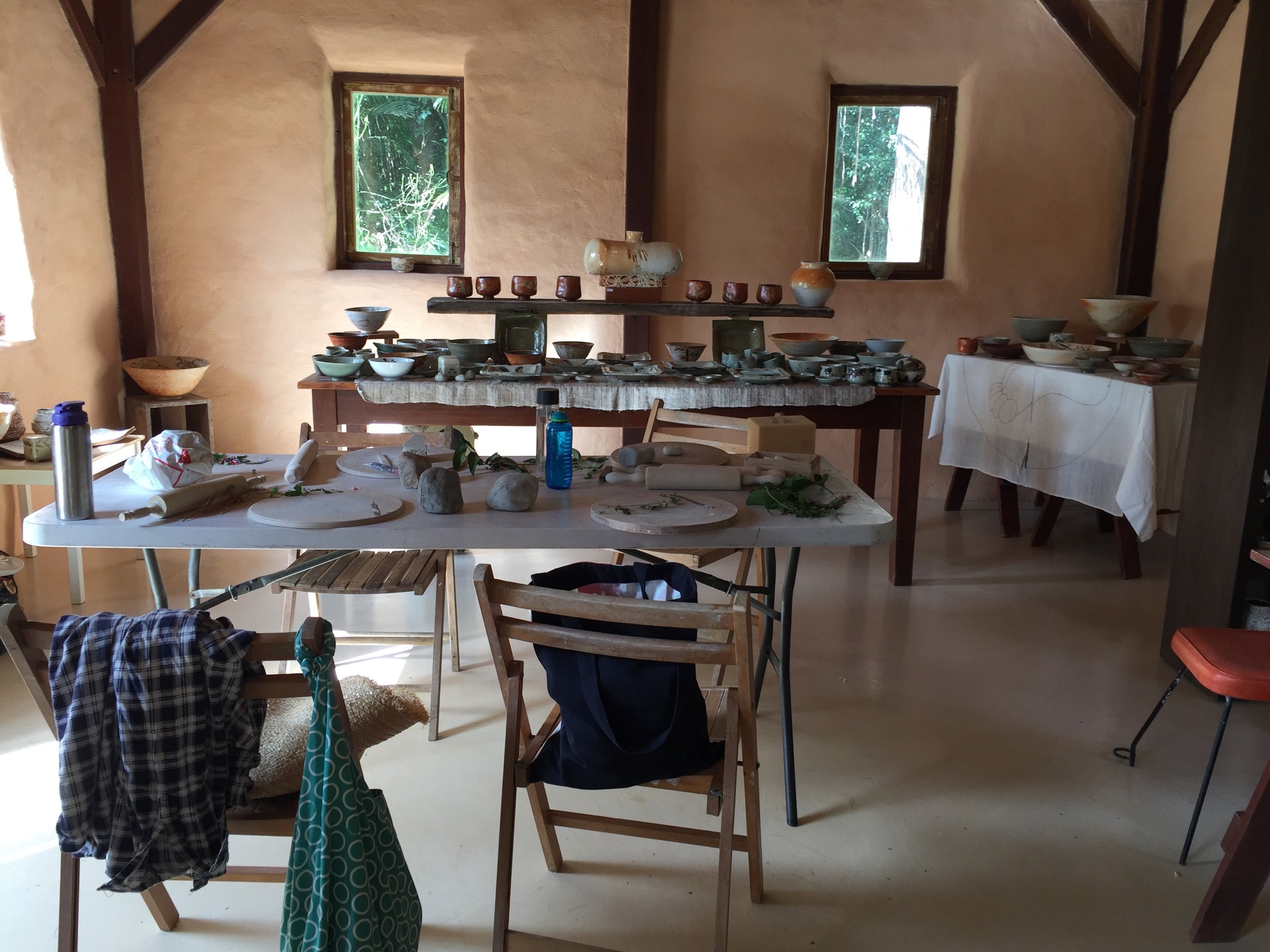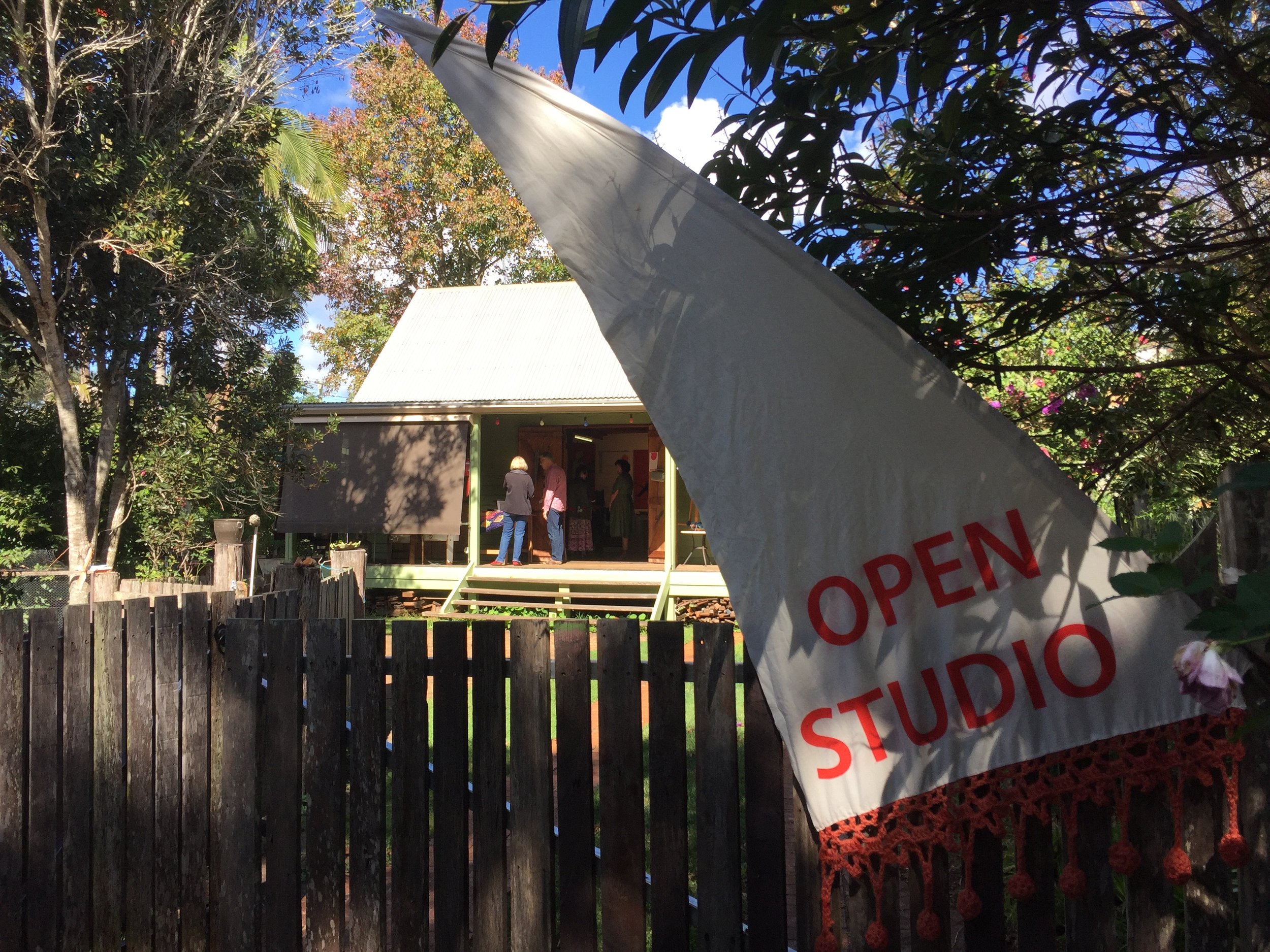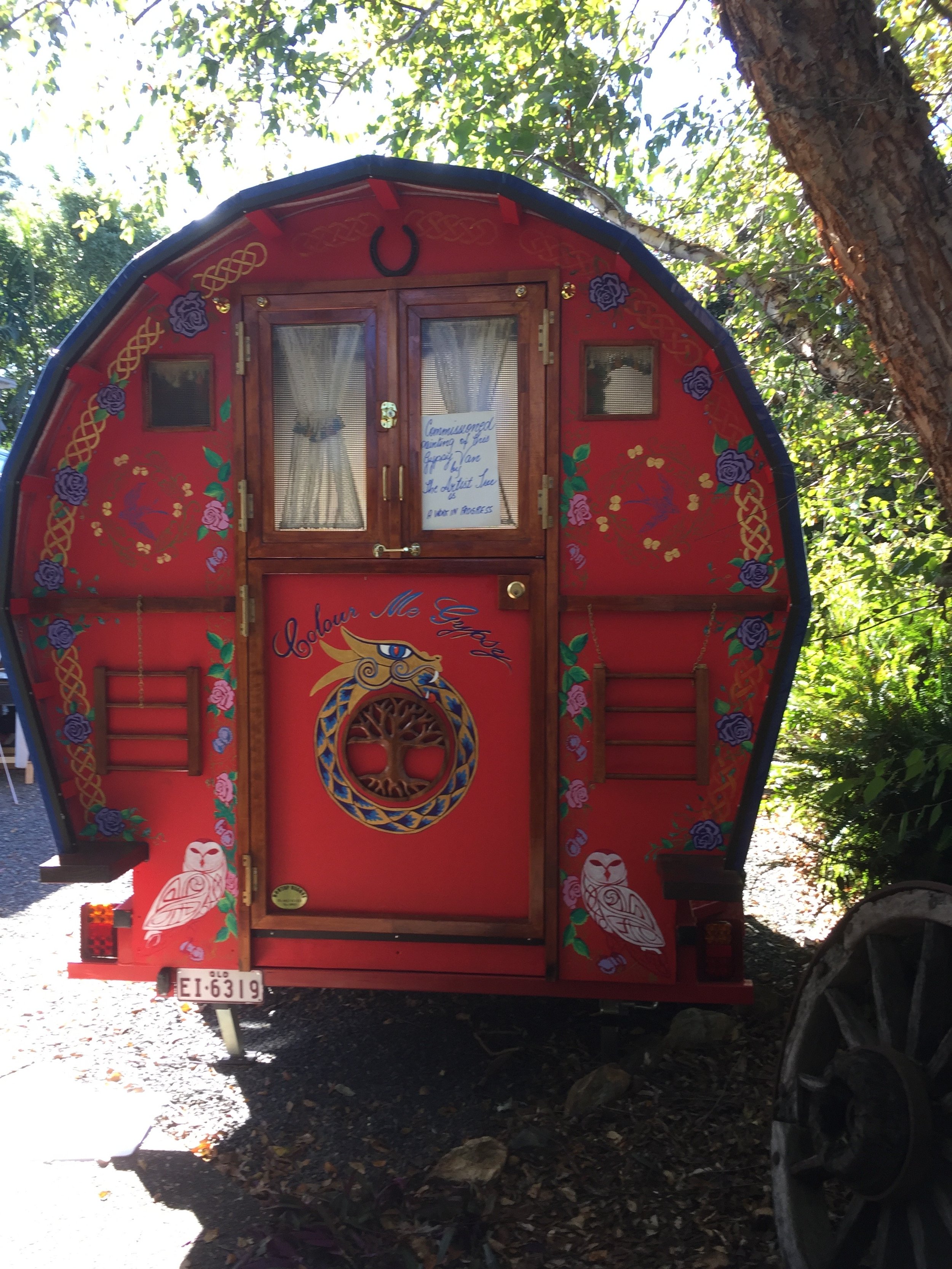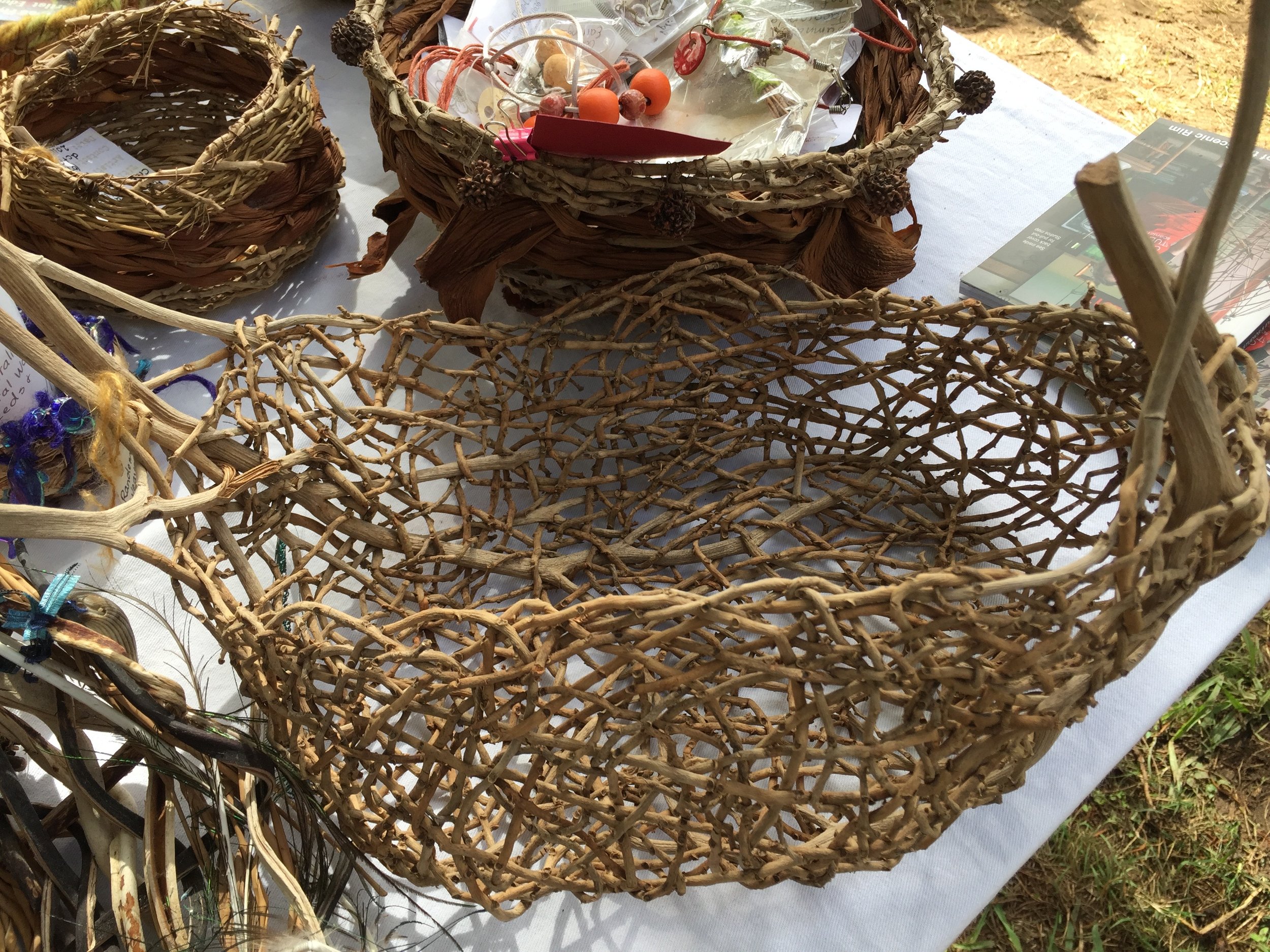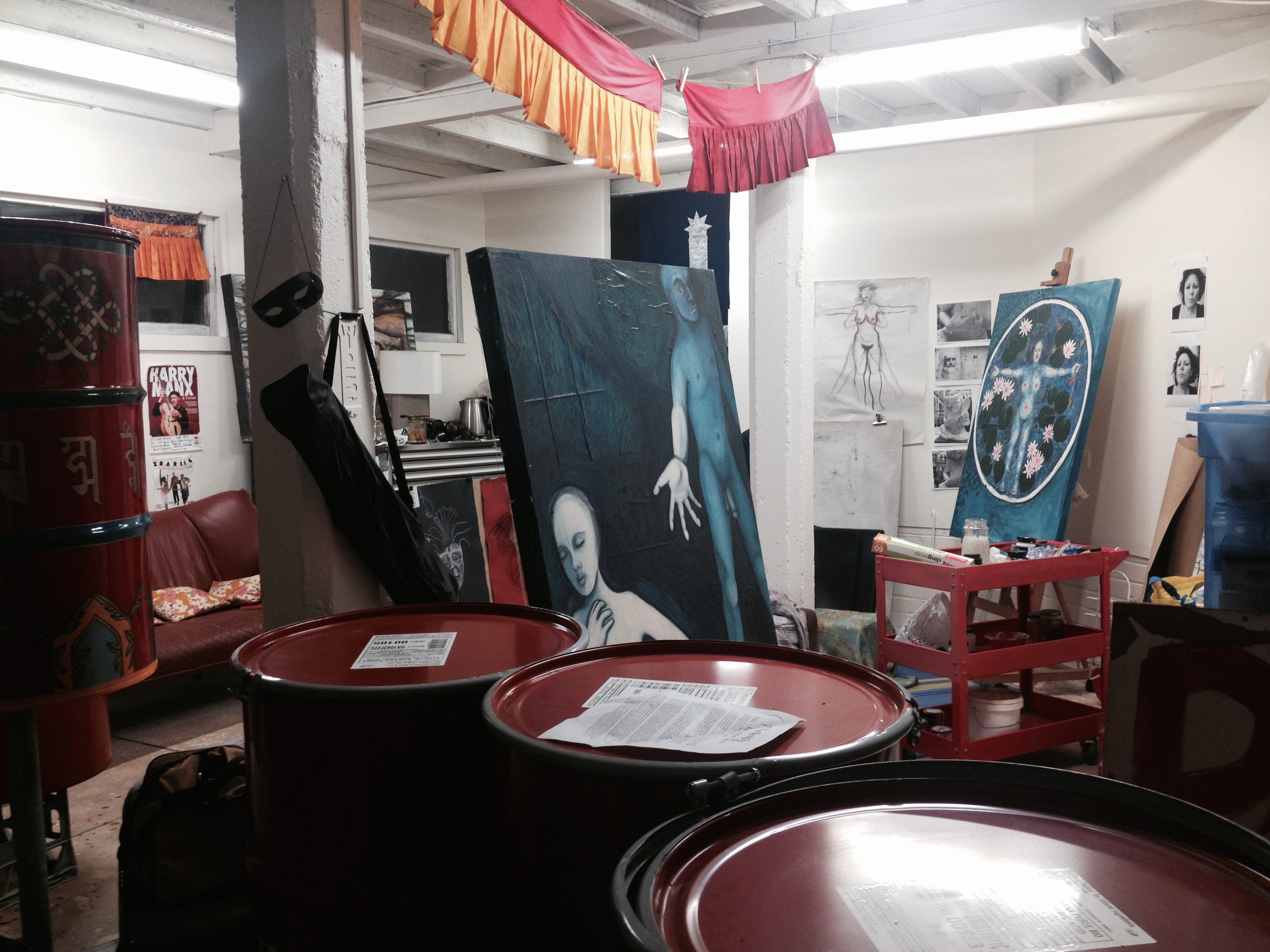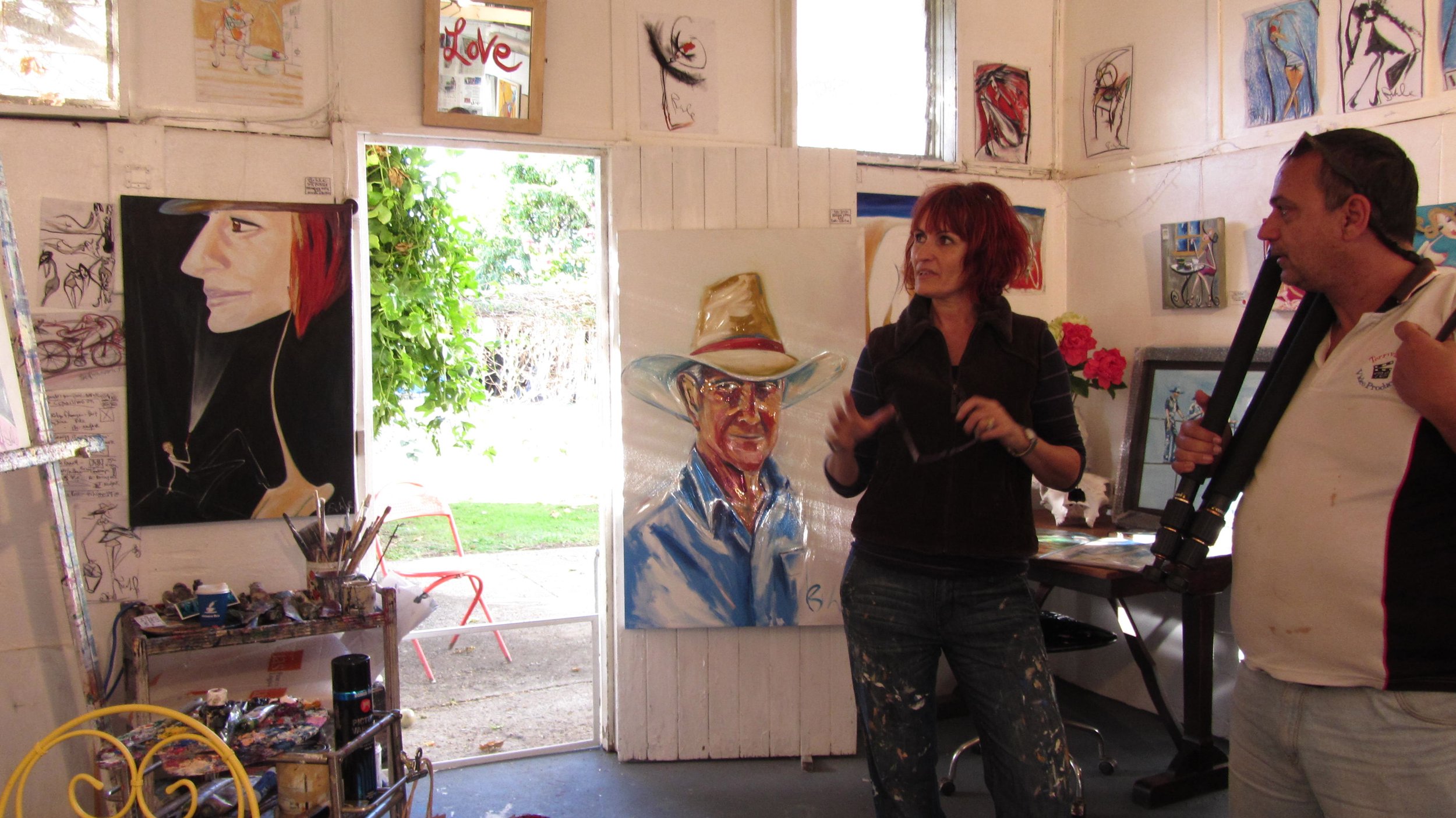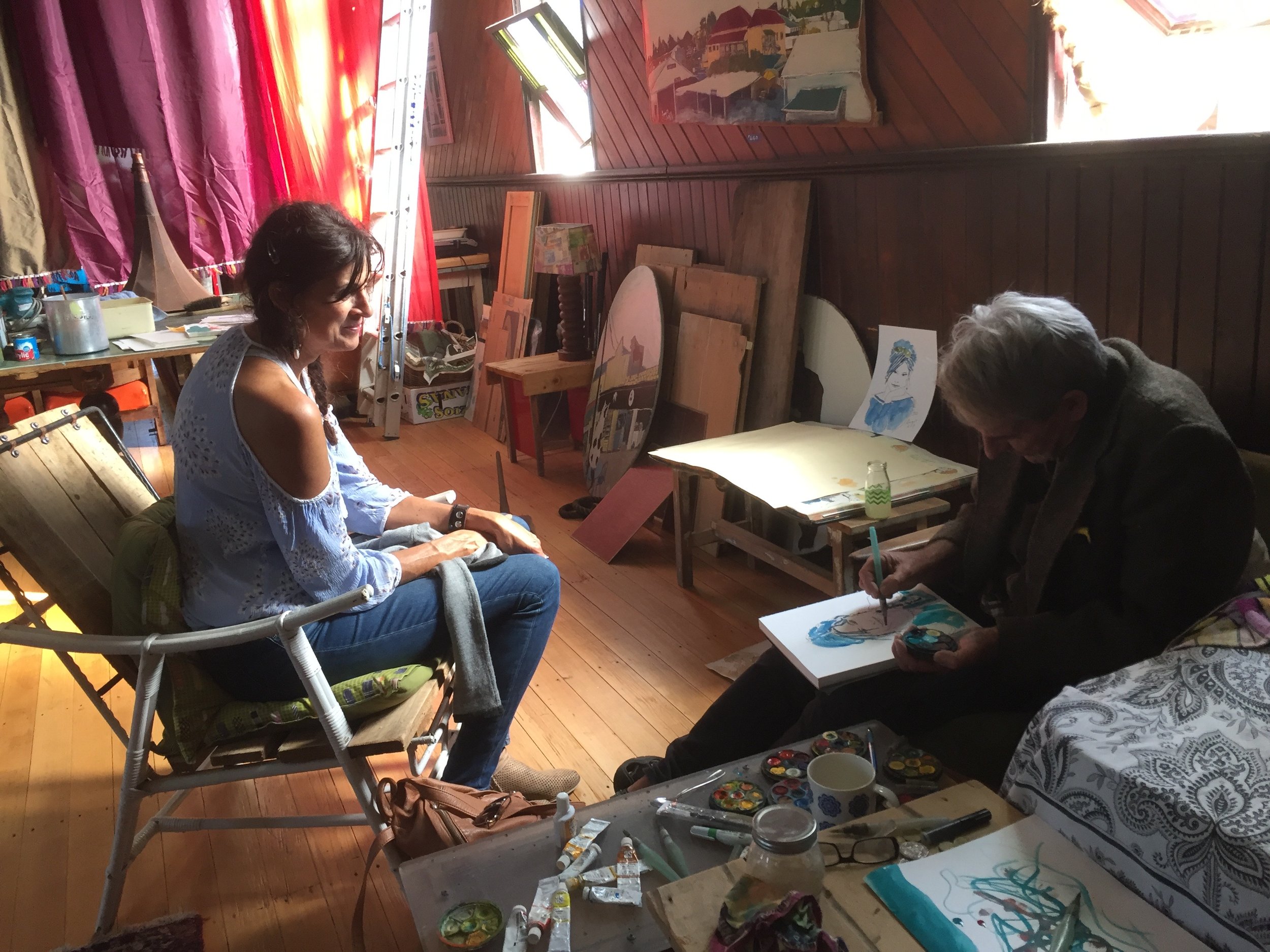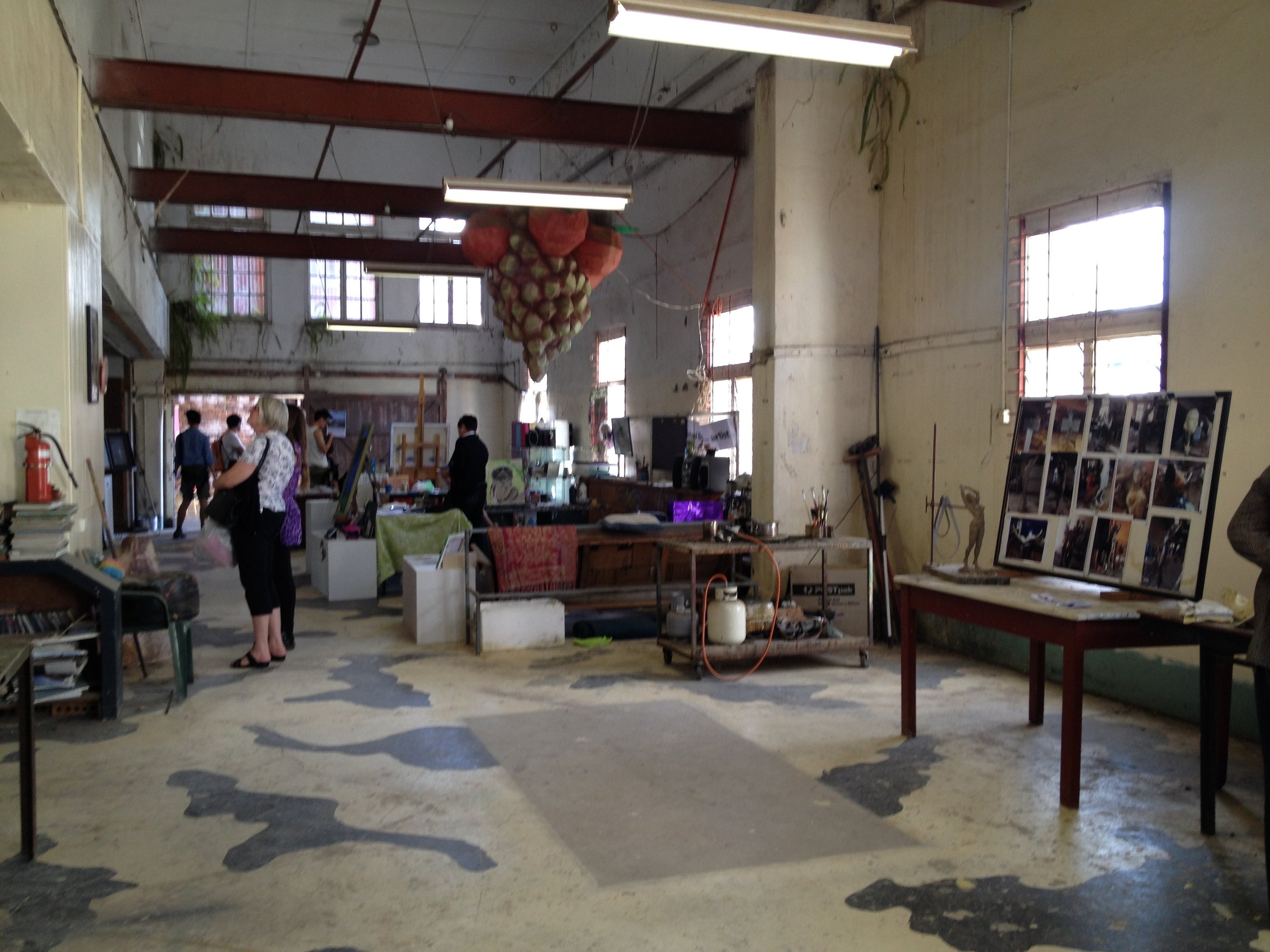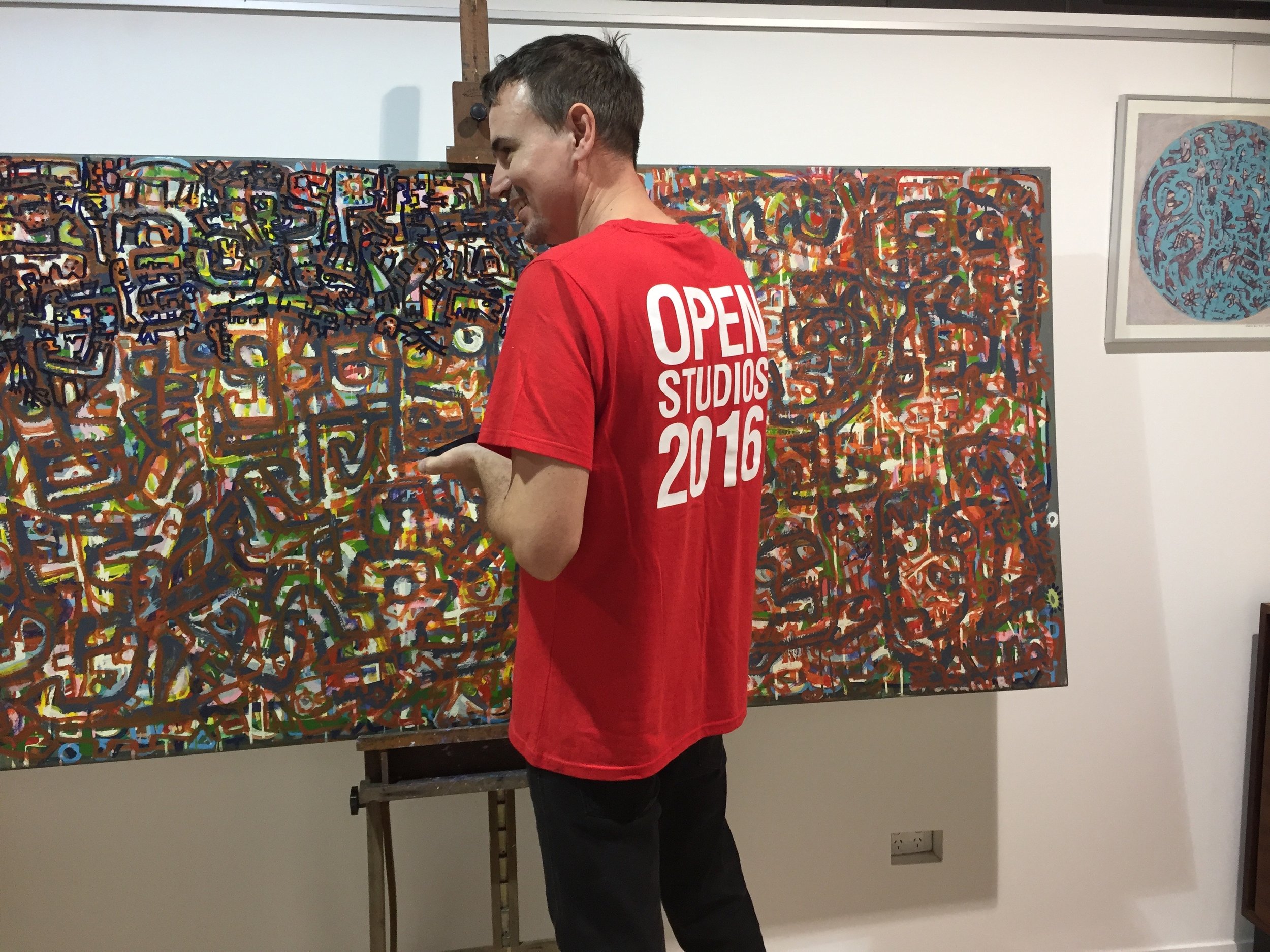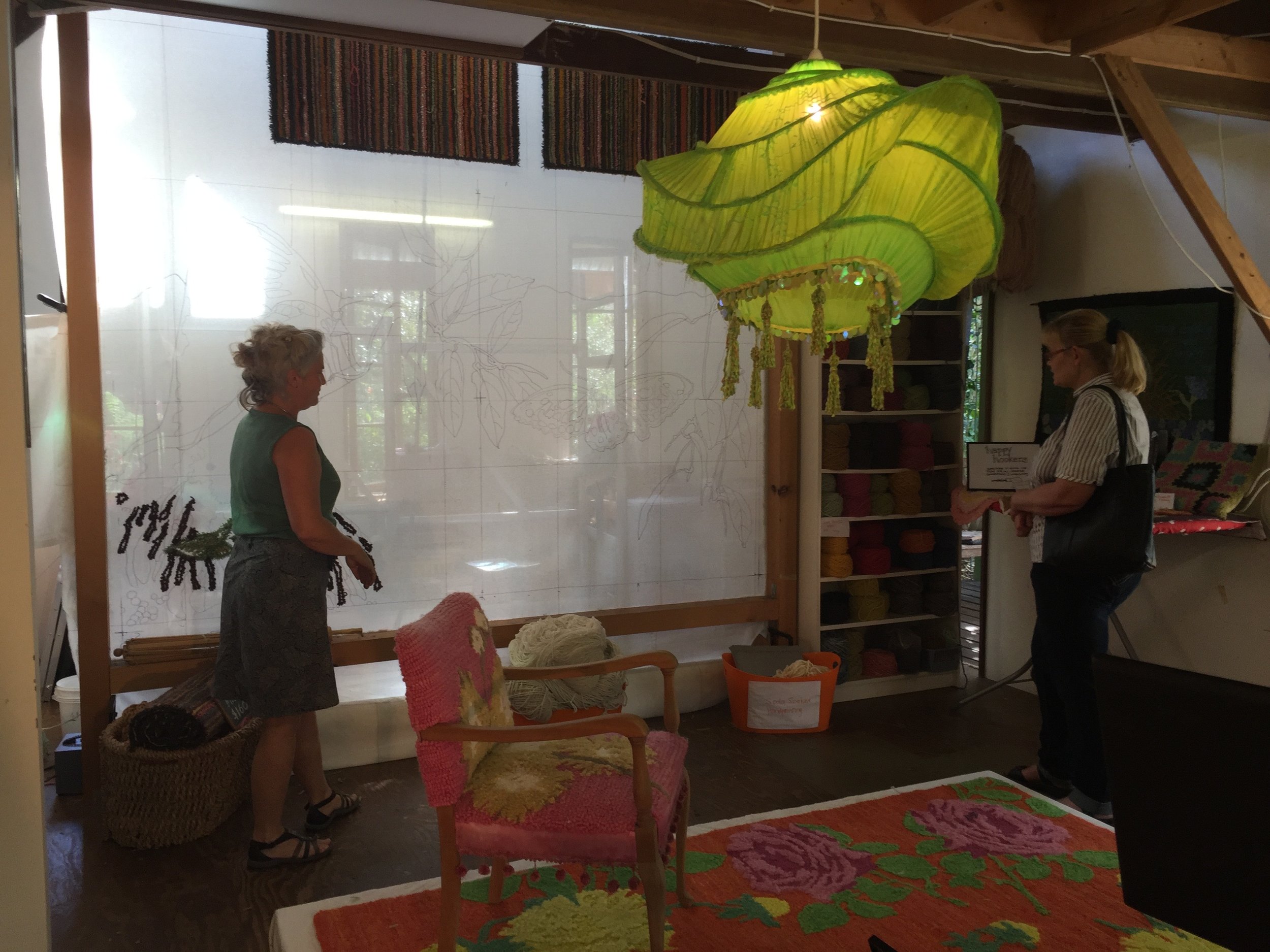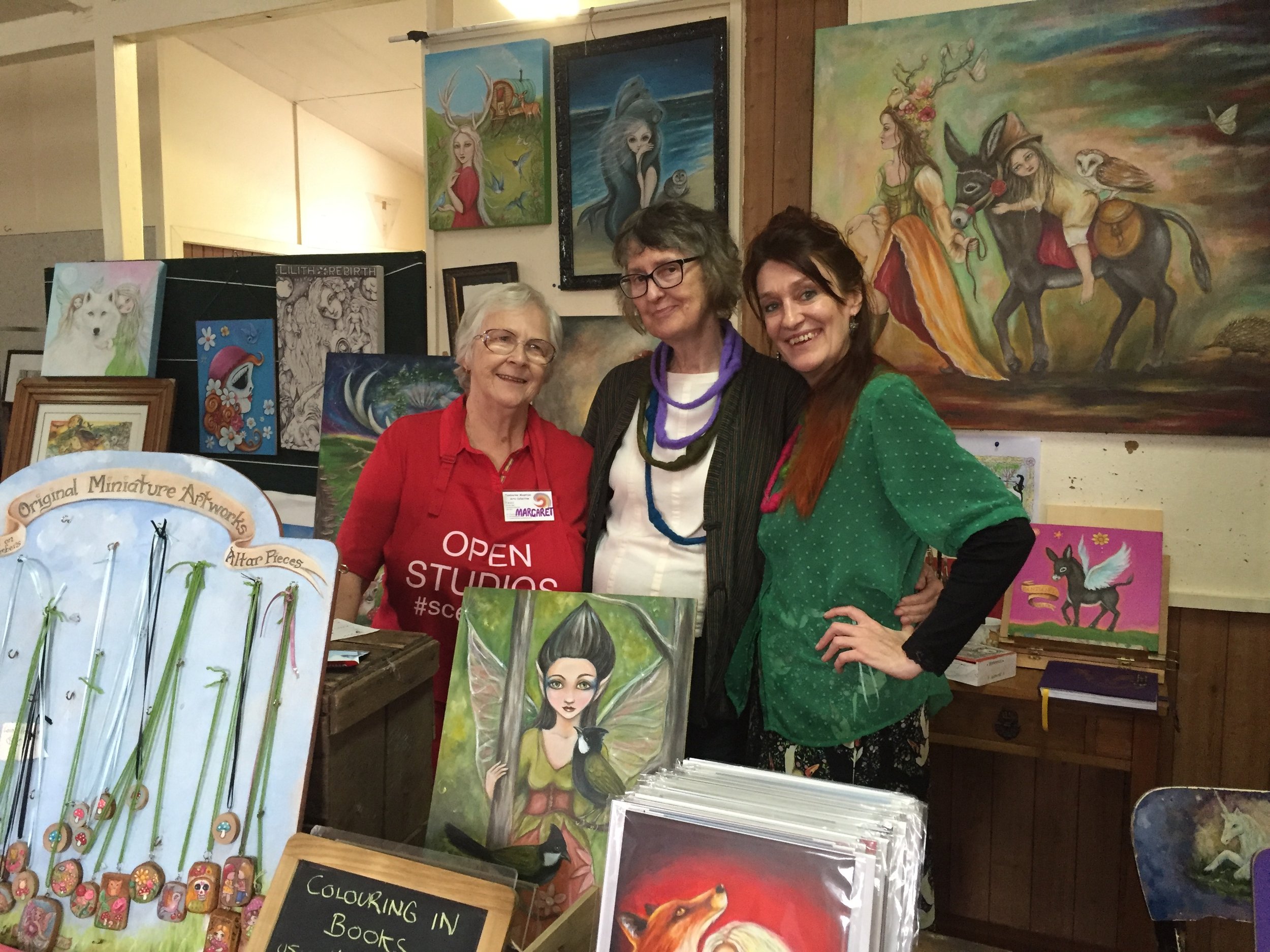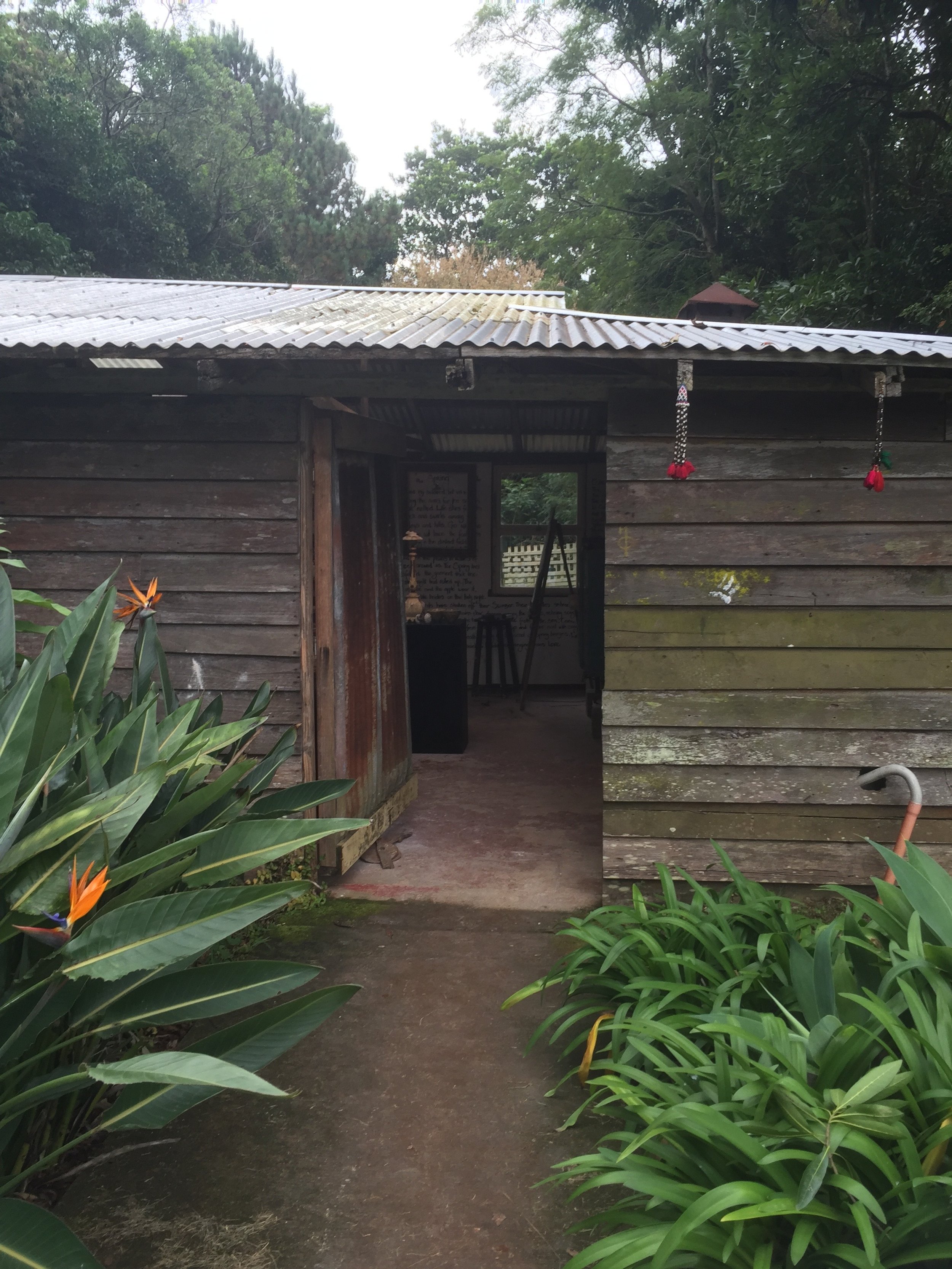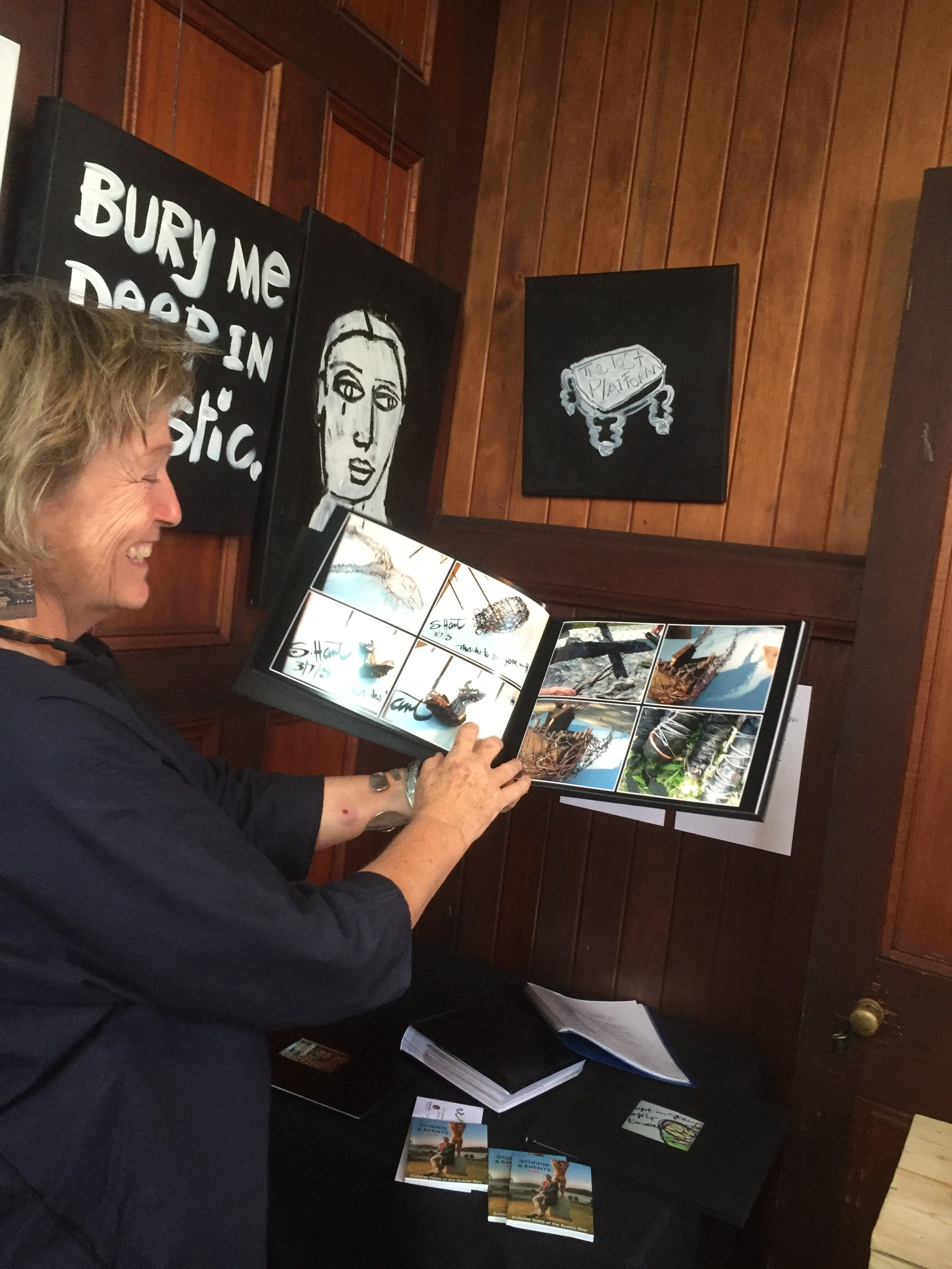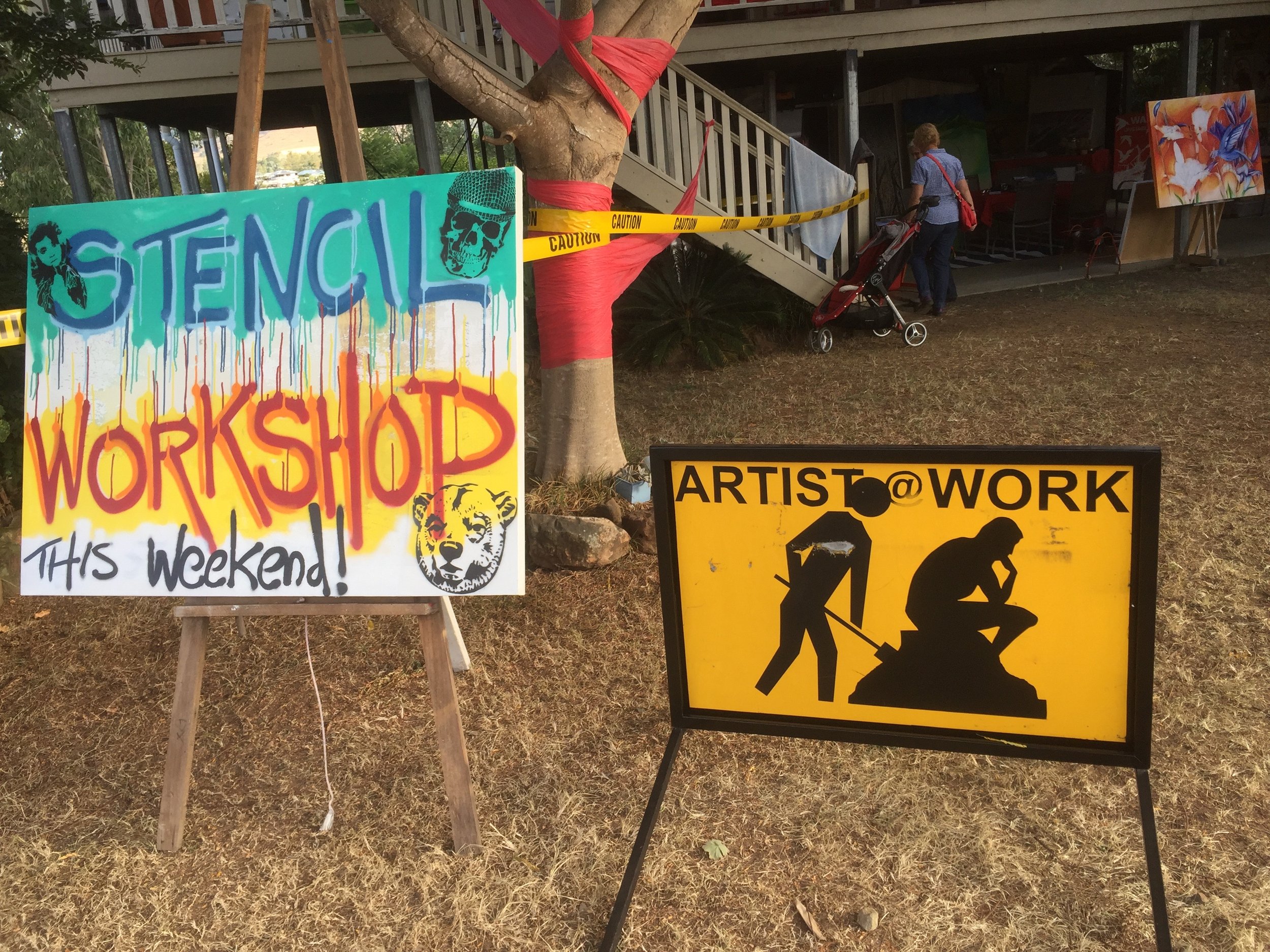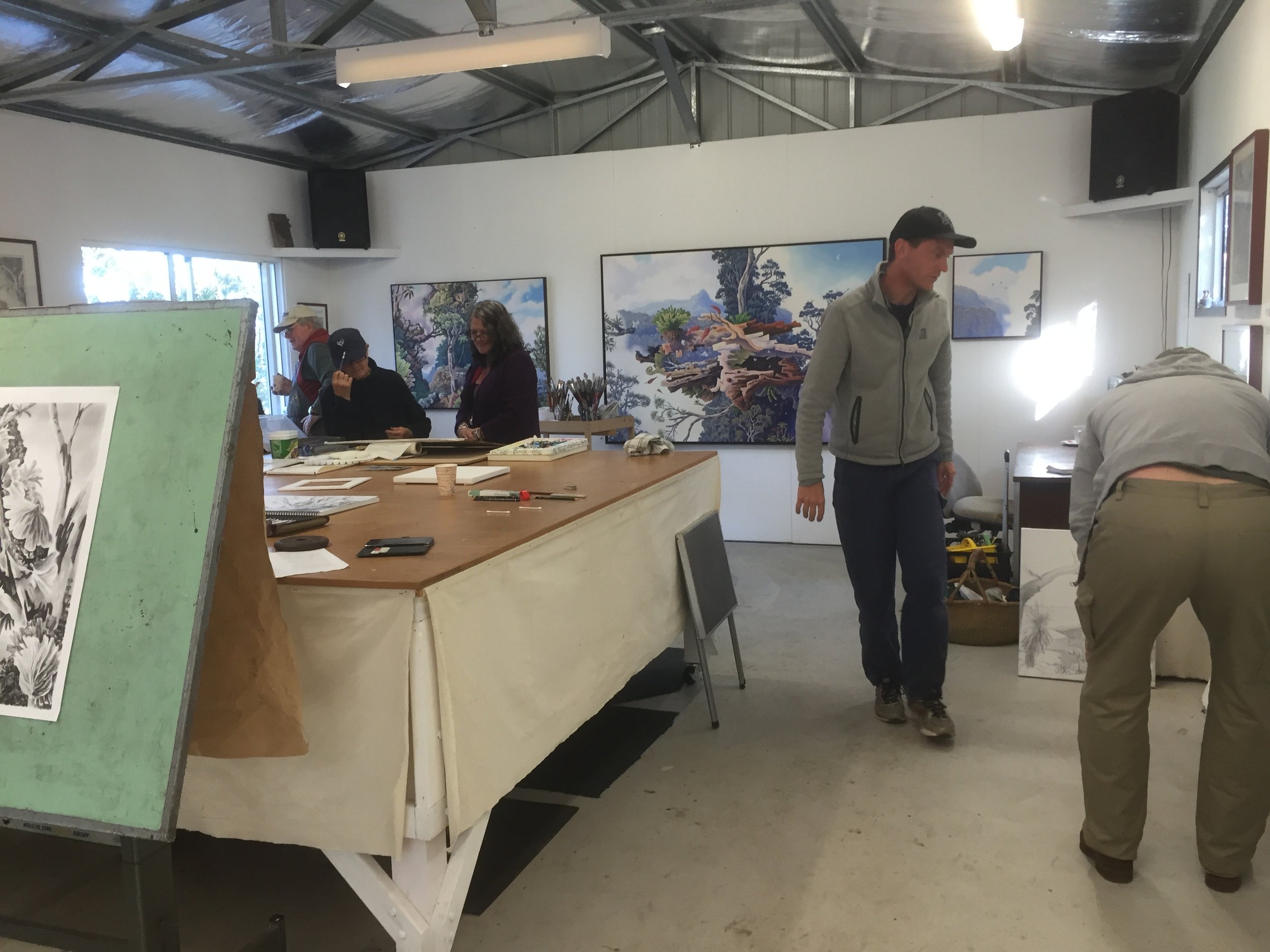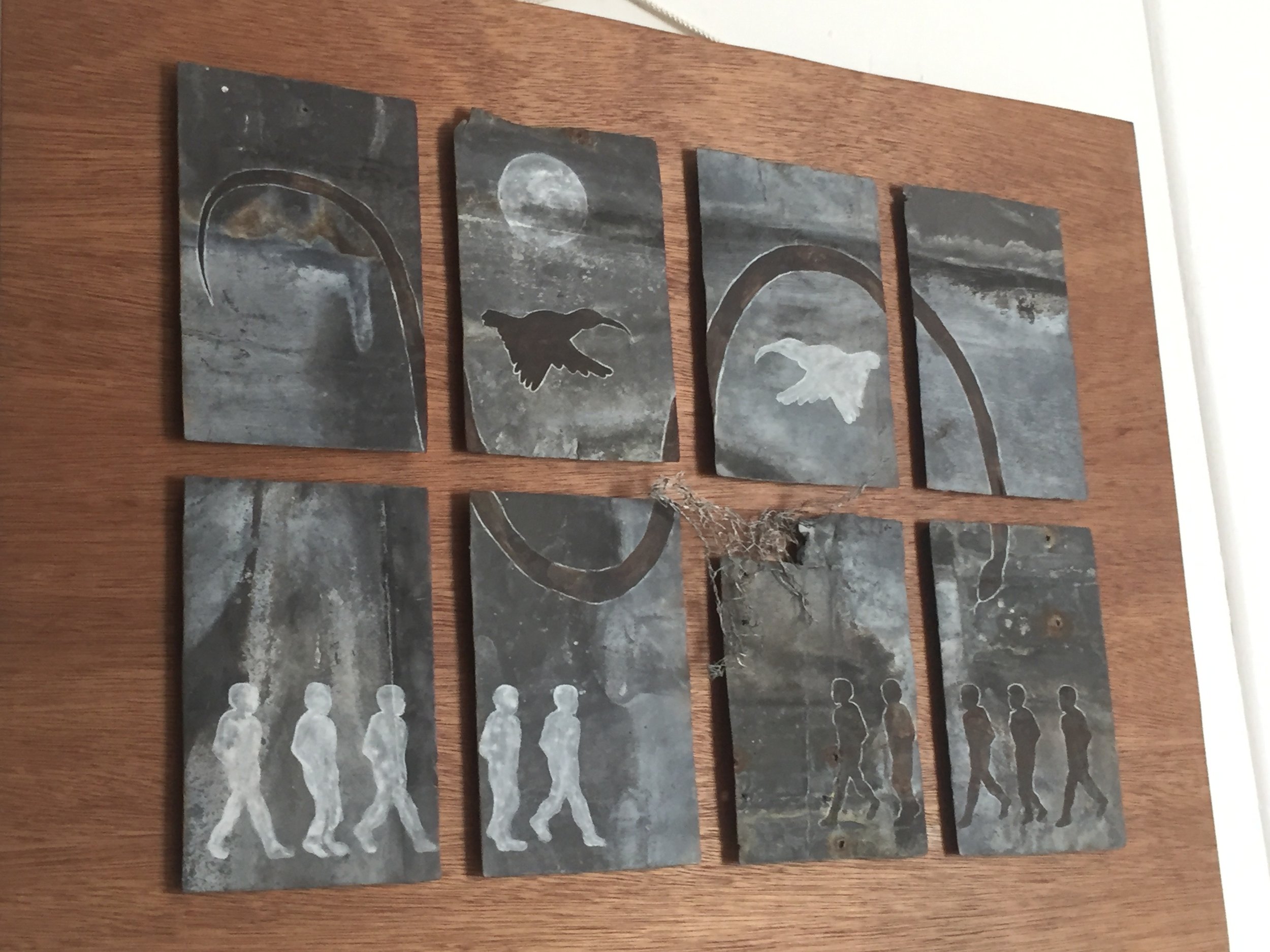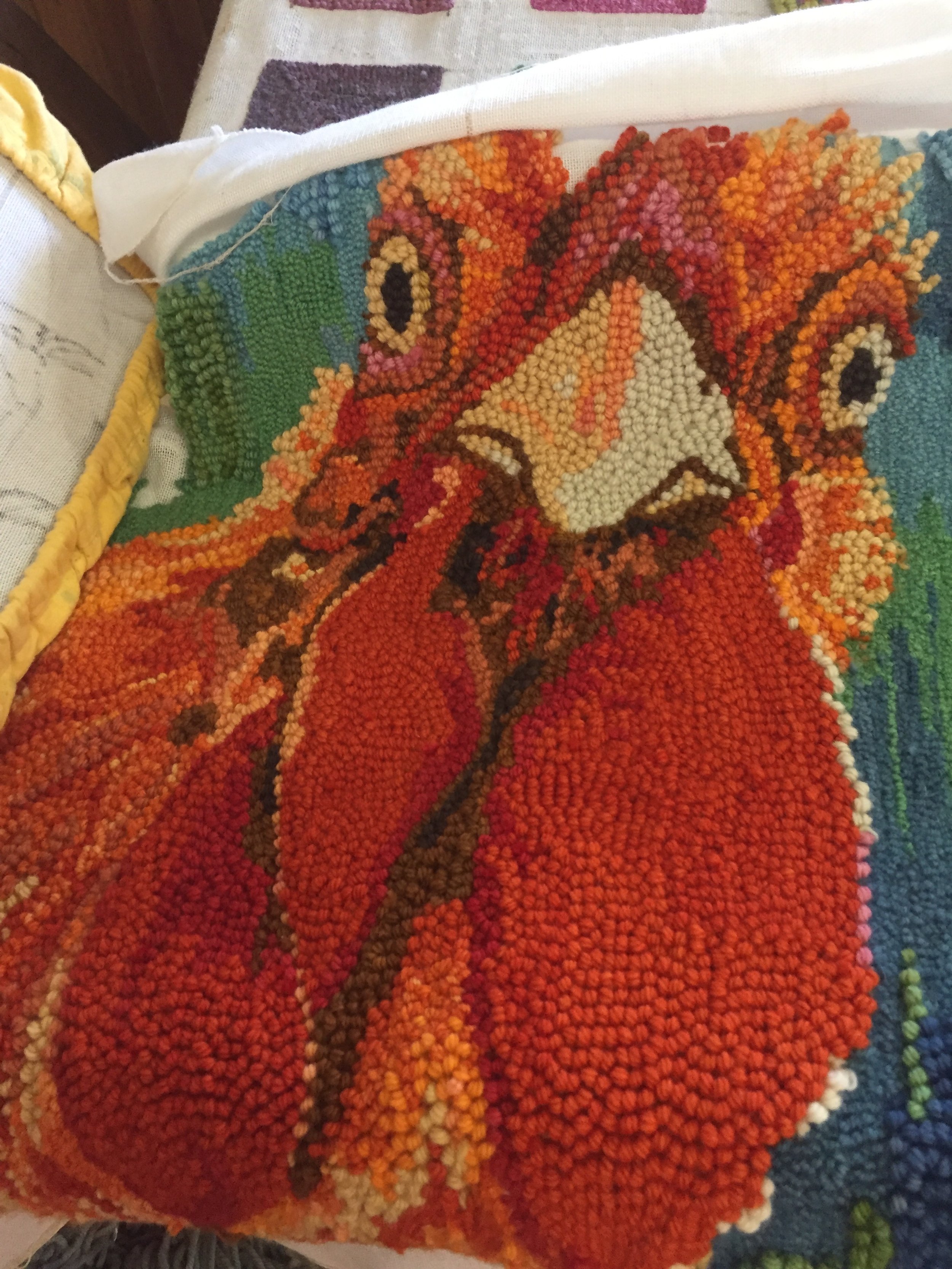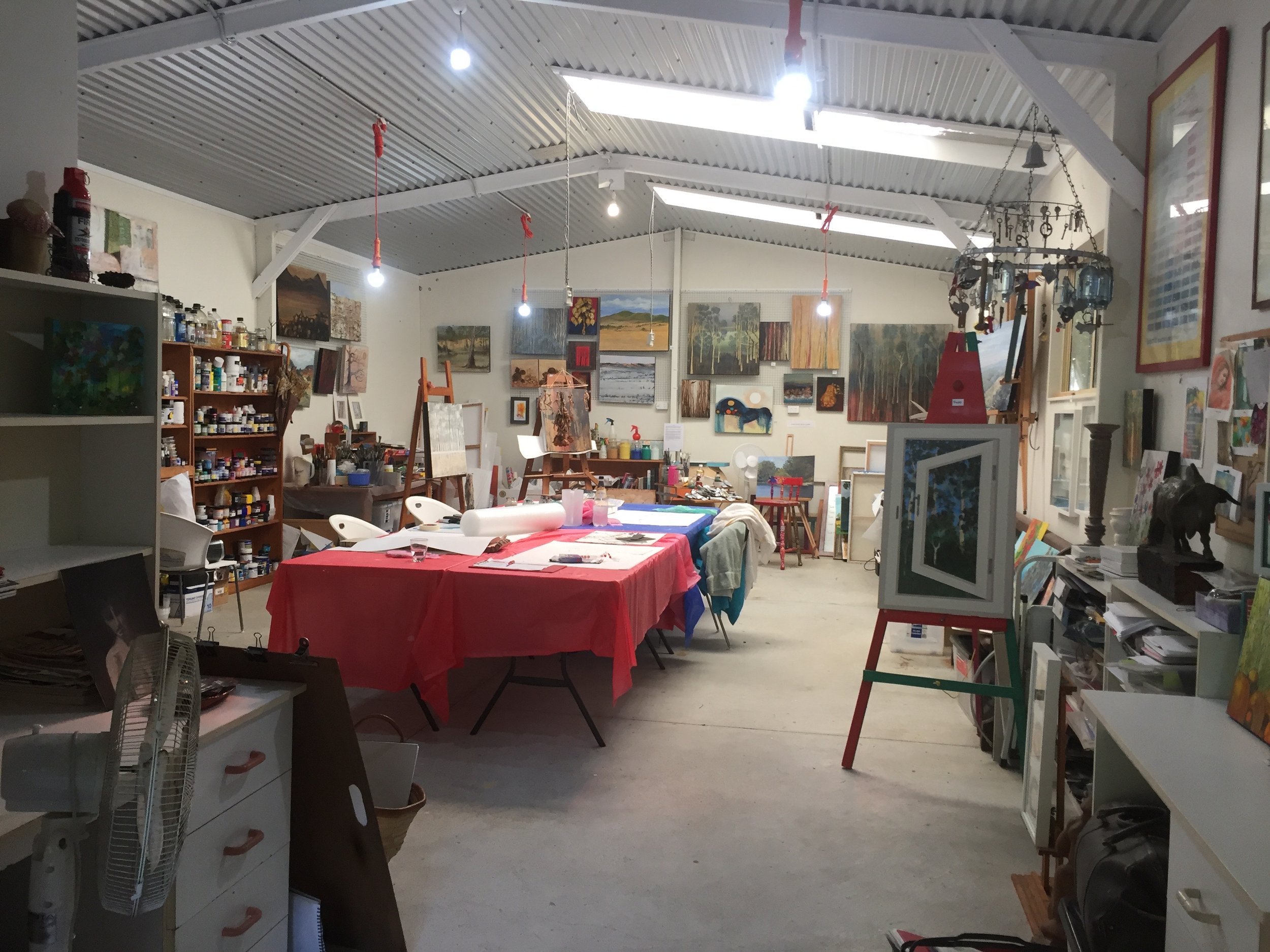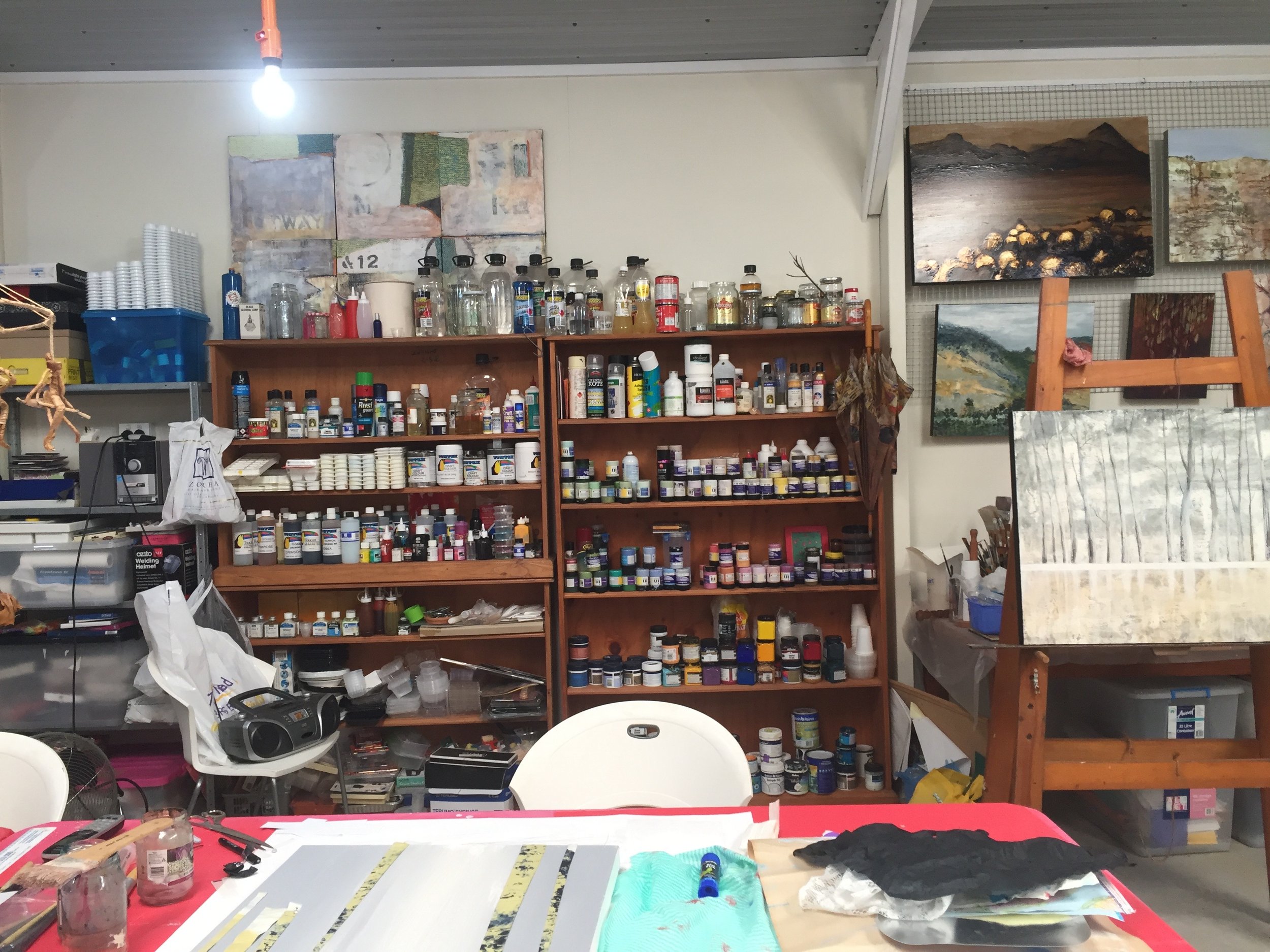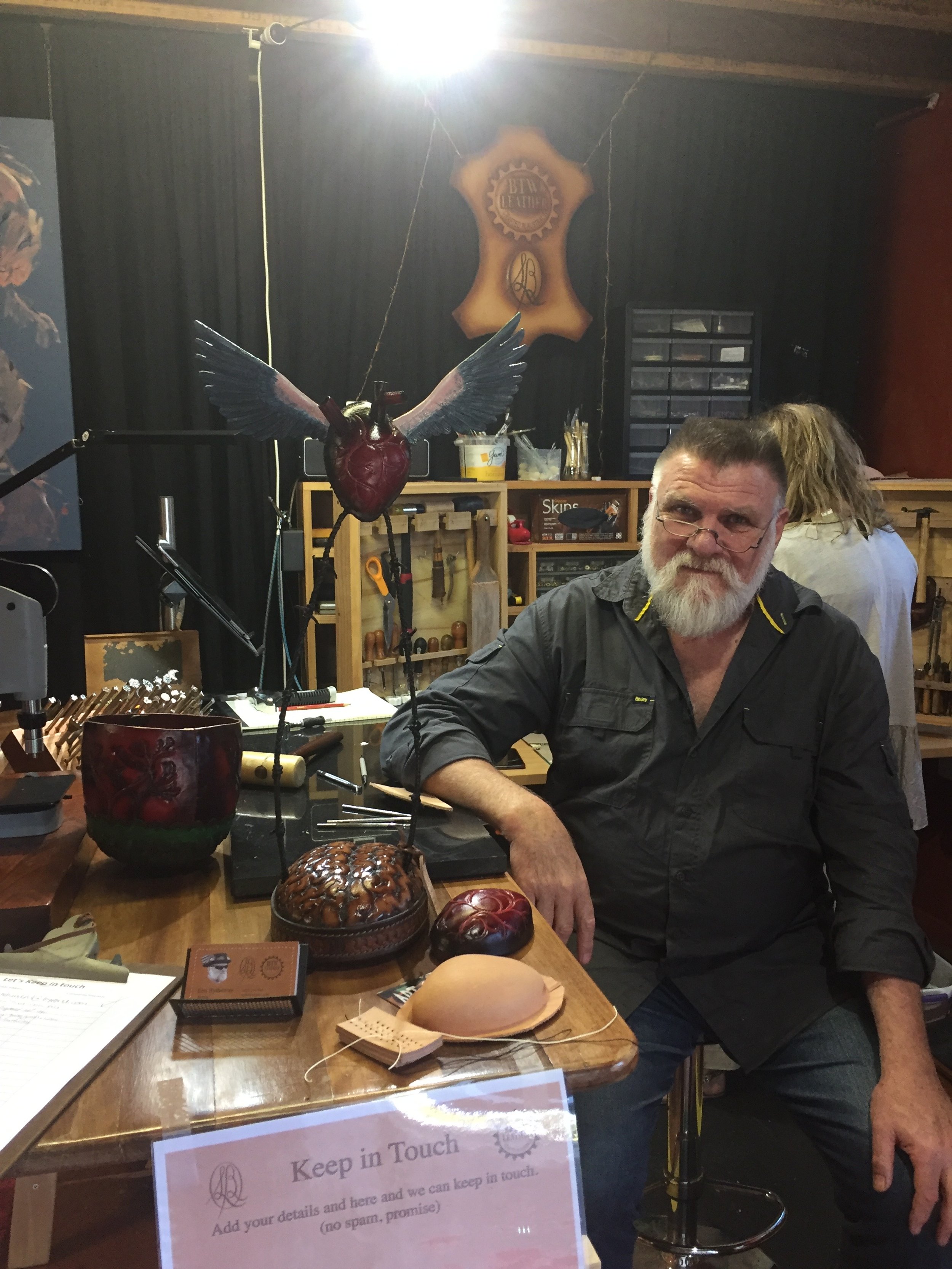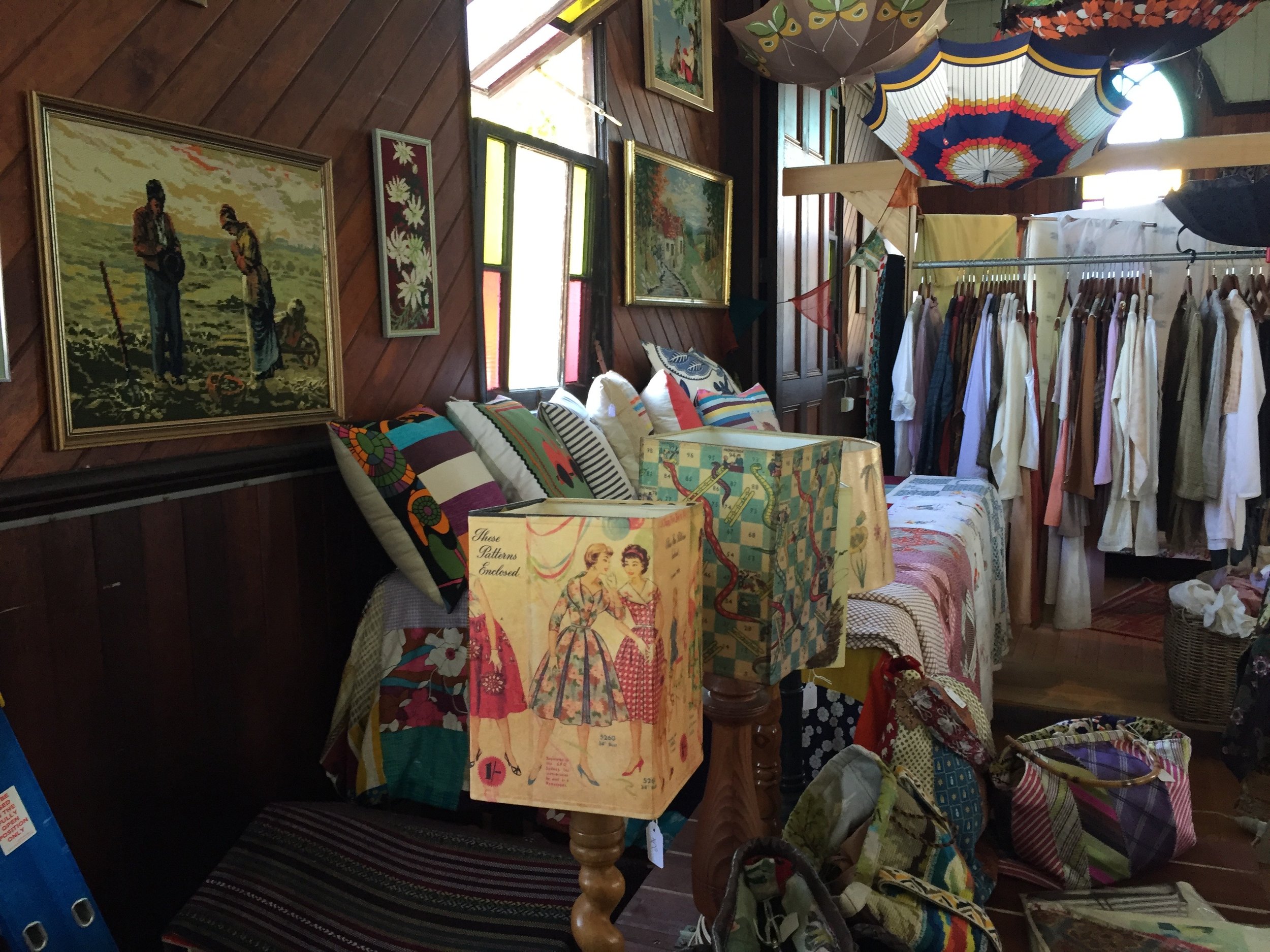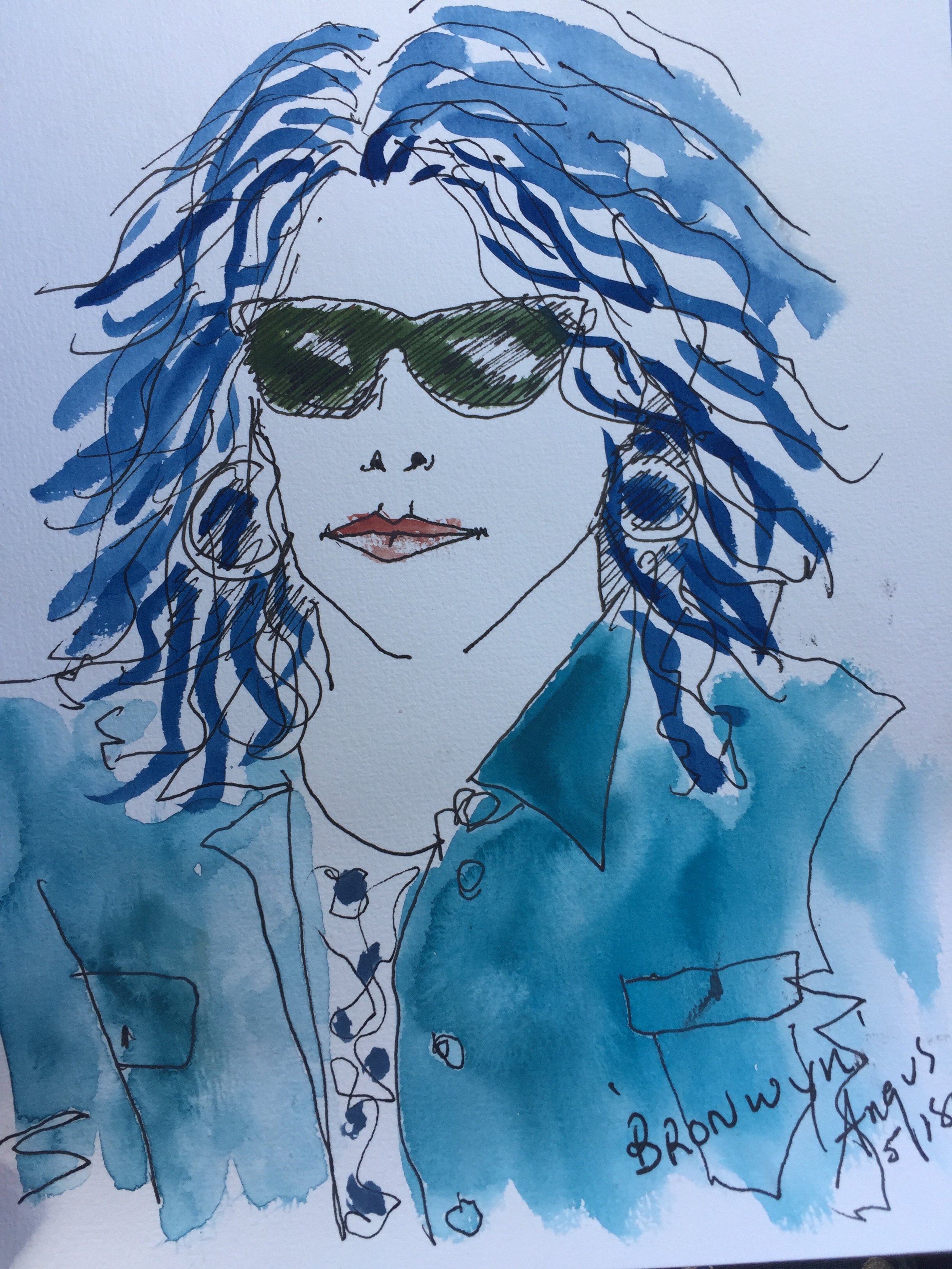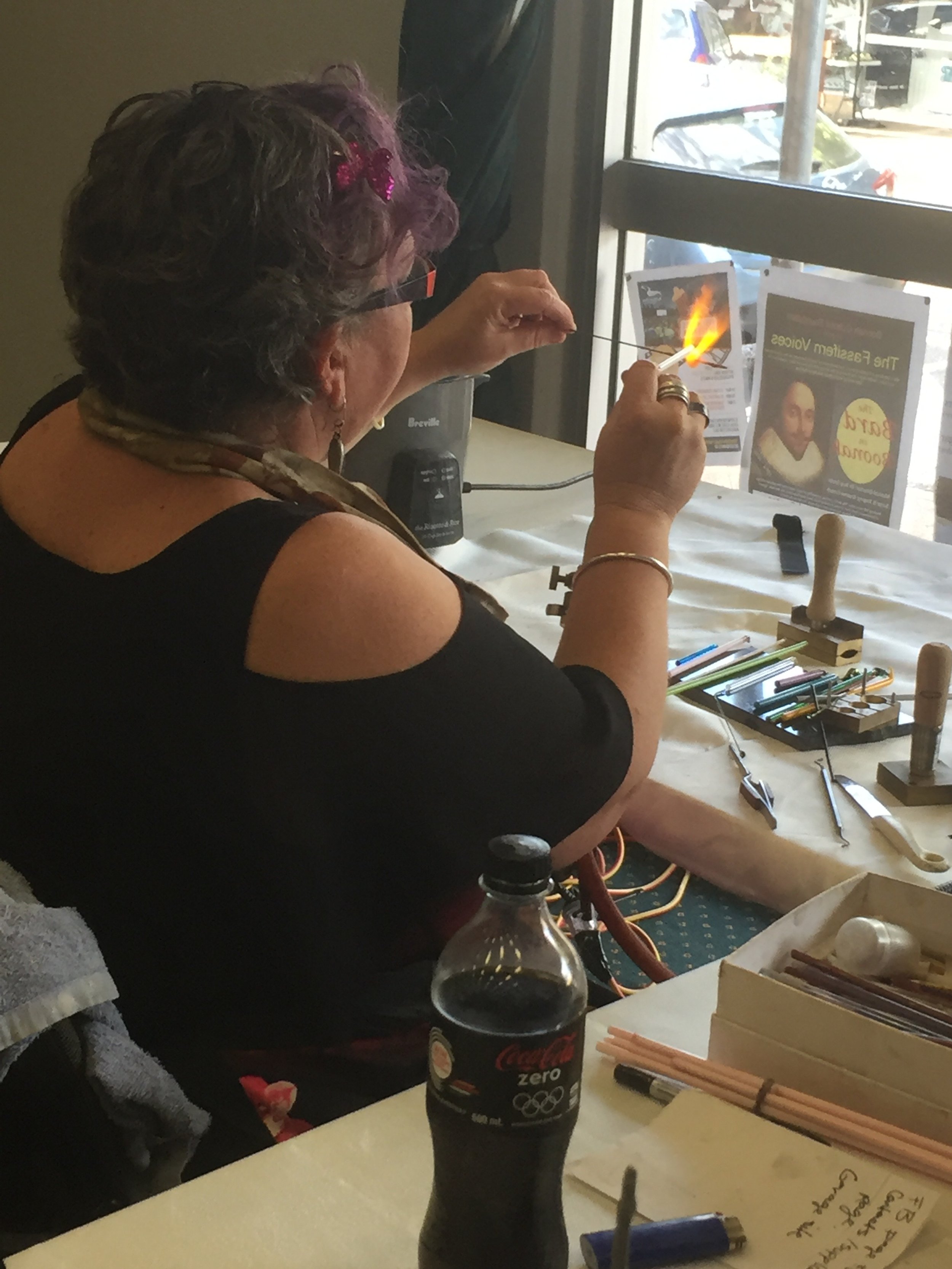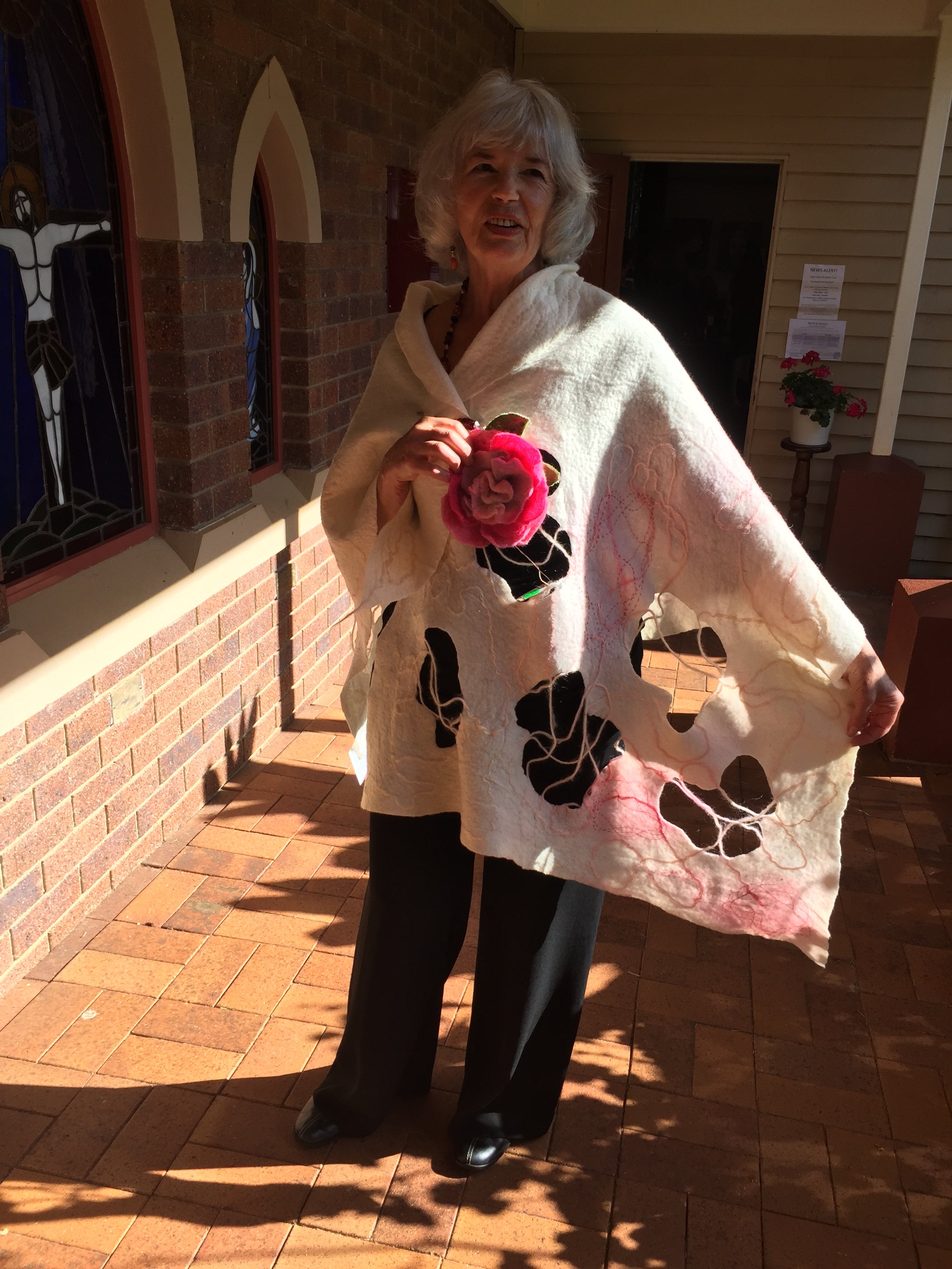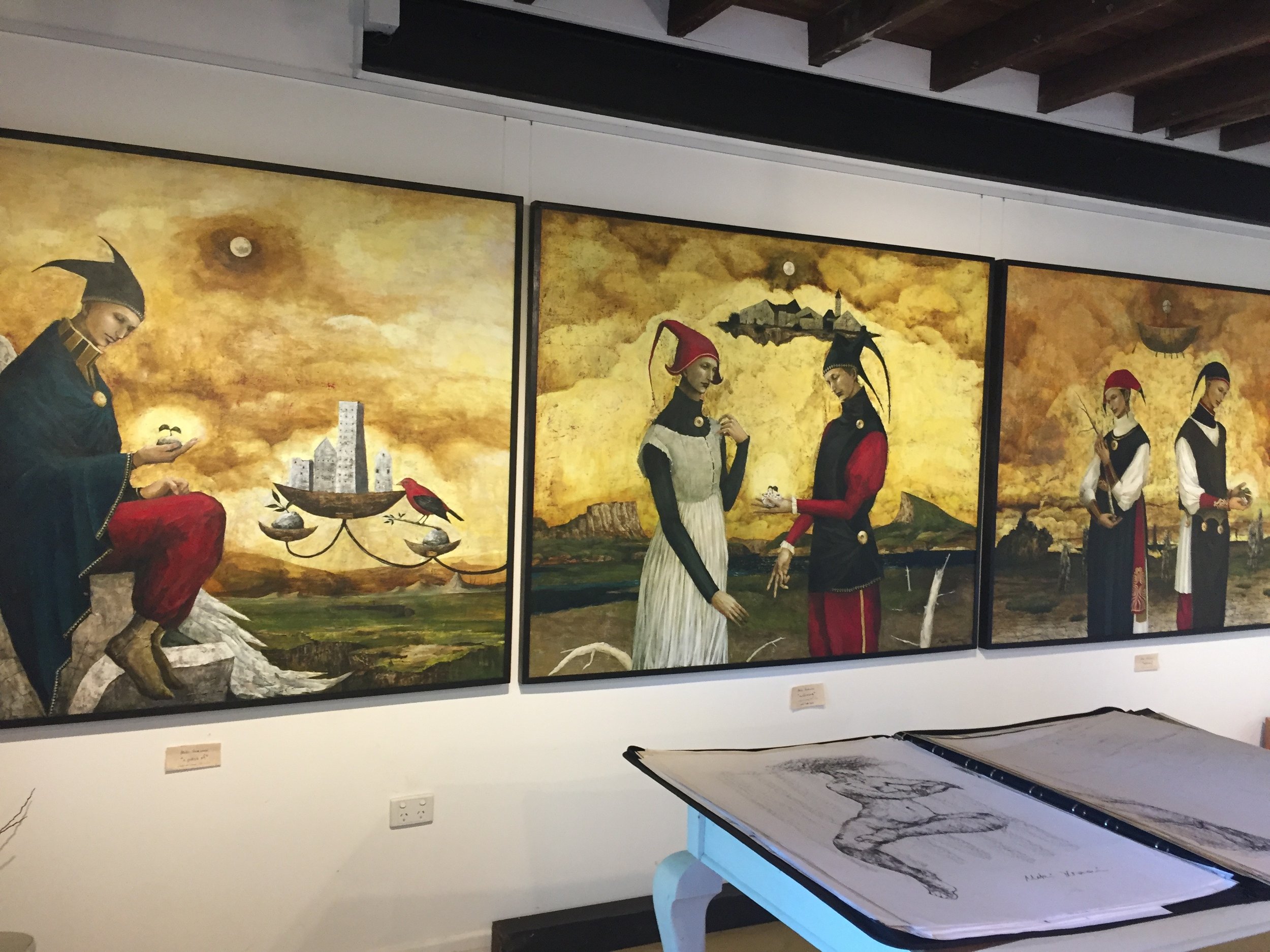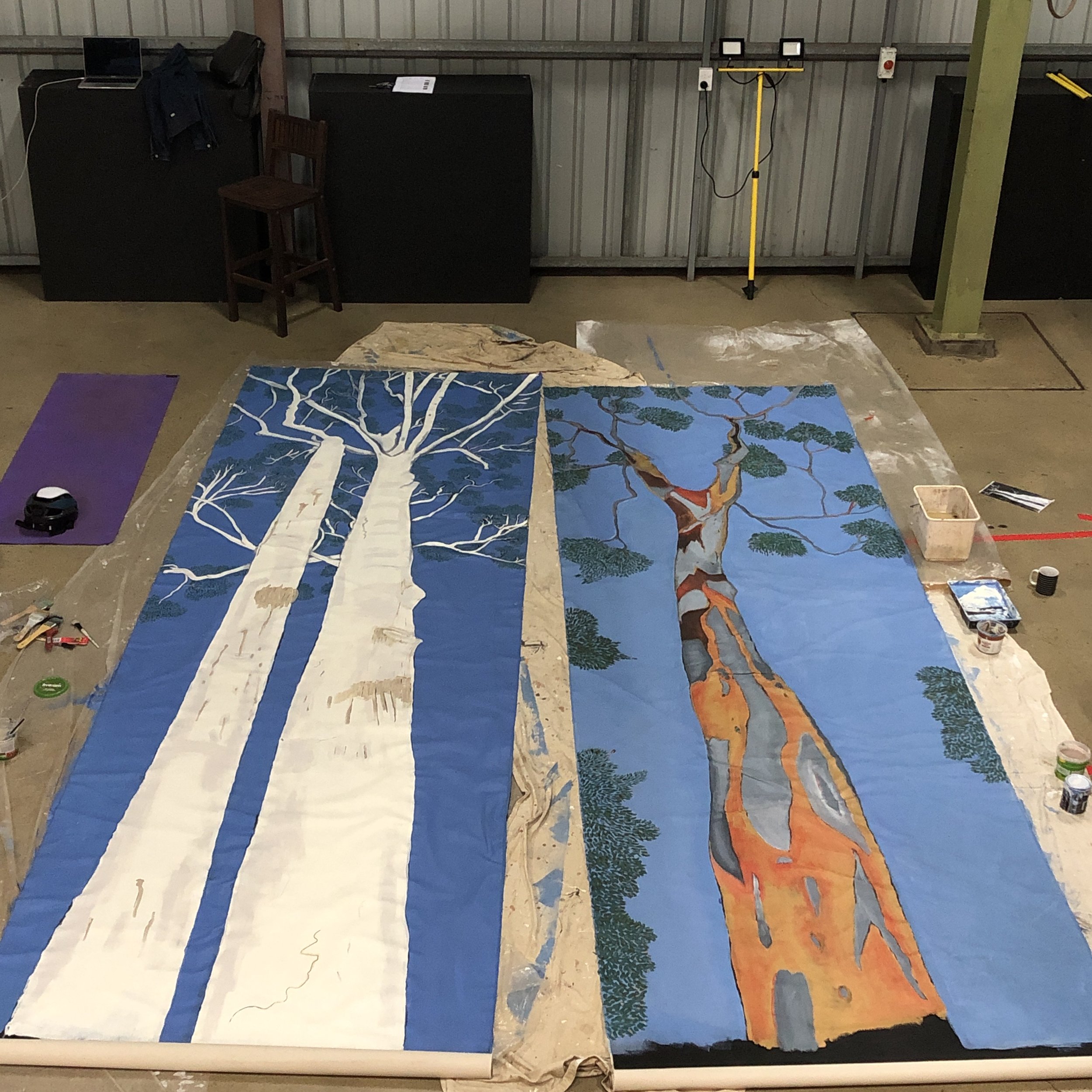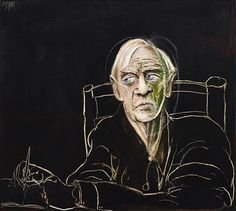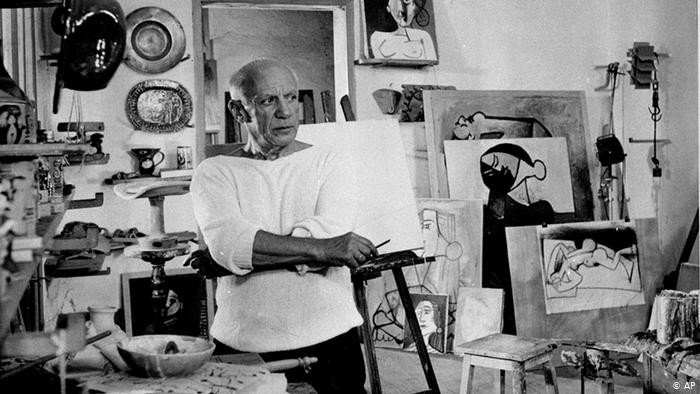What makes a perfect studio?…the importance of creative space
Claude Monet in his studio. For more pics of Famous artists in their studios click here
After working at my day job for 16 years sitting at a desk and organising engagement with other peoples studios, it’s time for me to think about what I need and want in my own studio. Don’t get me wrong I have had my own or worked in art studios of one kind or another all my life.
I don’t subscribe to the idea common in other blogs and how-to forums that a studio has to be purpose built and designed in a special way. Nor do I think it is a “show off” kind of space, orderly, well equipped, north facing, beautifully situated and ripe for a photo shoot from Vogue Living or Country Life. Those spaces are no doubt exciting to the eye, however, the doing and the insight into the artists mind and process seems more important to me.
“‘The studio is where strange magic happens, as much for the artist’s imagination as for the public’s. It’s the conjuring place of new concepts, styles, or forms.’”
In 2005 I began researching artists studios and open studio trails. Later developing the concept and implementing the Scenic Rim Open Studios trail, which ran from 2008-2018, the most interesting studio experiences were where you could see the artist at work.
My first experience in a studio was in a darkroom my father converted from an old boiler-room in my childhood home. It was my brother and fathers domain and my brother introduced me to the process and I loved to see the magic of images gradually emerge from out of chemical laden the trays . My brother has always been experimental and used to create music by bouncing ping pong balls on the strings of our grand piano and is now musician living in on an organic farm with a life and family that is overflowing with creativity whether in the recording studio, pottery, garden or circus tent.
My mother had a coat room near the front door that was piled high with fabric so we would wheel out the sewing machine and make clothes or handmade items wherever we could then tidy up the loose threads and pack the machine and fabric back to their rightful place.
She encouraged us to make things and I guess I always have.
“The creative spirit creates with whatever materials are present. With food, with children, with building blocks, with speech, with thoughts, with pigment, with an umbrella, or a wineglass, or a torch. We are not craftsmen only during studio hours. Any more than a man is wise only in his library. Or devout only in church. The material is not the sign of the creative feeling for life: of the warmth and sympathy and reverence which foster being; techniques are not the sign; “art” is not the sign. The sign is the light that dwells within the act, whatever its nature or its medium. ”
My first job in a real studio was working for Pieter Huveneers PTY LTD in 1980. There were three of us in the studio, two designers and me, a lowly assembly artist . You reached the studio on the top floor of a terrace house in Milsons Point in Sydney up a spiral staircase. It opened out onto a crowded room filled with books and magazines,, manuals, papers, equipment, odds and sods of all kinds and design desks perched under windows overlooking the glory of Sydney Harbour.In 1980 the studio was the leader in branding in Australia and responsible for Tooths, Westpac, Australia Post , Telstra and so many more of our logos still in use today.
Back then text and design was manipulated and created with the aid of Letraset, pantone charts and bromide machines. My job was to set the text and logos at spacing and styles dictated by the designers and then blow them up or down using the bromide machine. The darkroom was on the middle floor along with the office of David Hopkins the Administration Manager and a design library. The ground floor was the office and meeting rooms for Pieter Huveneers, kitchen and reception area.
I loved the access to design images and playing in a darkroom, the spirited discussions with politically adroit Maxine and the guidance of the more sanguine George . We smoked copious cigarettes and drank up to 10 cups of coffee a day. It was a ferment of design. I was lucky have the experience but was distracted by the view and frustrated with the limitations of graphic design and corporate identity.
“Being an artist is not just about what happens when you are in the studio. The way you live, the people you choose to love and the way you love them, the way you vote, the words that come out of your mouth, the size of the world you make for yourselves, your ability to influence the things you believe in, your obsessions, your failures — all of these components will also become the raw material for the art you make.”
I have worked in many jobs and had many studios
So what makes a place a studio?
I think firstly it is intention. The intention to go to that space and concentrate. When my children were little it was any space in the house I could claim from toys and detritus of the day still within earshot if needed but quiet enough that I could have one consistent thought after another without interruption.
I argue that when you have a creative spirit a studio becomes any place you go to to create. I have made work on verandahs, under houses, in garden sheds, in garages, in offices, under stairs, in spare rooms, at kitchen or dining tables in the garden…wherever I can.
Thats it in a nutshell. As to the arrangement of materials, that is dependent on the space you have allowed or is allowed for you. You expand to fit the space and fill it with the dross and tools of your calling. It becomes sacred to you as it s a place or a starting point for your creativity, a sanctuary and shortcut to the muse.
What about developing a creative habit or practice?
I have asked people and researched over many years what elements to they need to create artistic work ( any genre). Time seems to be important and development of a routine. Patrick Wright would wake up at midnight and write until dawn.
In addition to going to bed late, Picasso would often wake up late as well. It is believed that he arrived at his painting studio in the afternoon and worked until dusk, standing in front of his canvas for several hours at a time. A workday for him in the studio would end at 12:00 p.m. As part of his afternoon nap, he practiced Mediterranean yoga for five minutes.
What is a good creative habit?
I have been working in my current studio for 5 years and until recently working full time at a day job. I can’t count how many artworks I have produced in that time but it would be in the 100s. That meant snatched hours at night or weekends. Now I am trying to experiment with my creative habits. Write in the morning, exercise, deal with the arts business side of things then hunker down in the studio .
You can create anywhere and any time if you hold it as a priority.
I am running out of space in the studio and have borrowed the Centre For Regenerative Arts to create some larger works. For me I need enough space so I can stand well back and see the work from a distance. I have a daytime fleuro light and lots of windows so I always have lots of light. I have 2 sets of plan drawers where I can store some of my drawings. I have 2 easels and a table, a storage bookcase and that is about it. I do have lots of books, materials and canvases spilling about the place though.
I dream of having more wall space to pin works in progress, a proper storage rack for my canvases, a view to the distance, a place for a couch and a coffee table. I would like a place where I can make a mess, use oil paints without disturbing anyone, and room enough not have to worry about tripping over things .
At the end of the day the intention and the commitment is the key and the space to think and create without interruption.


